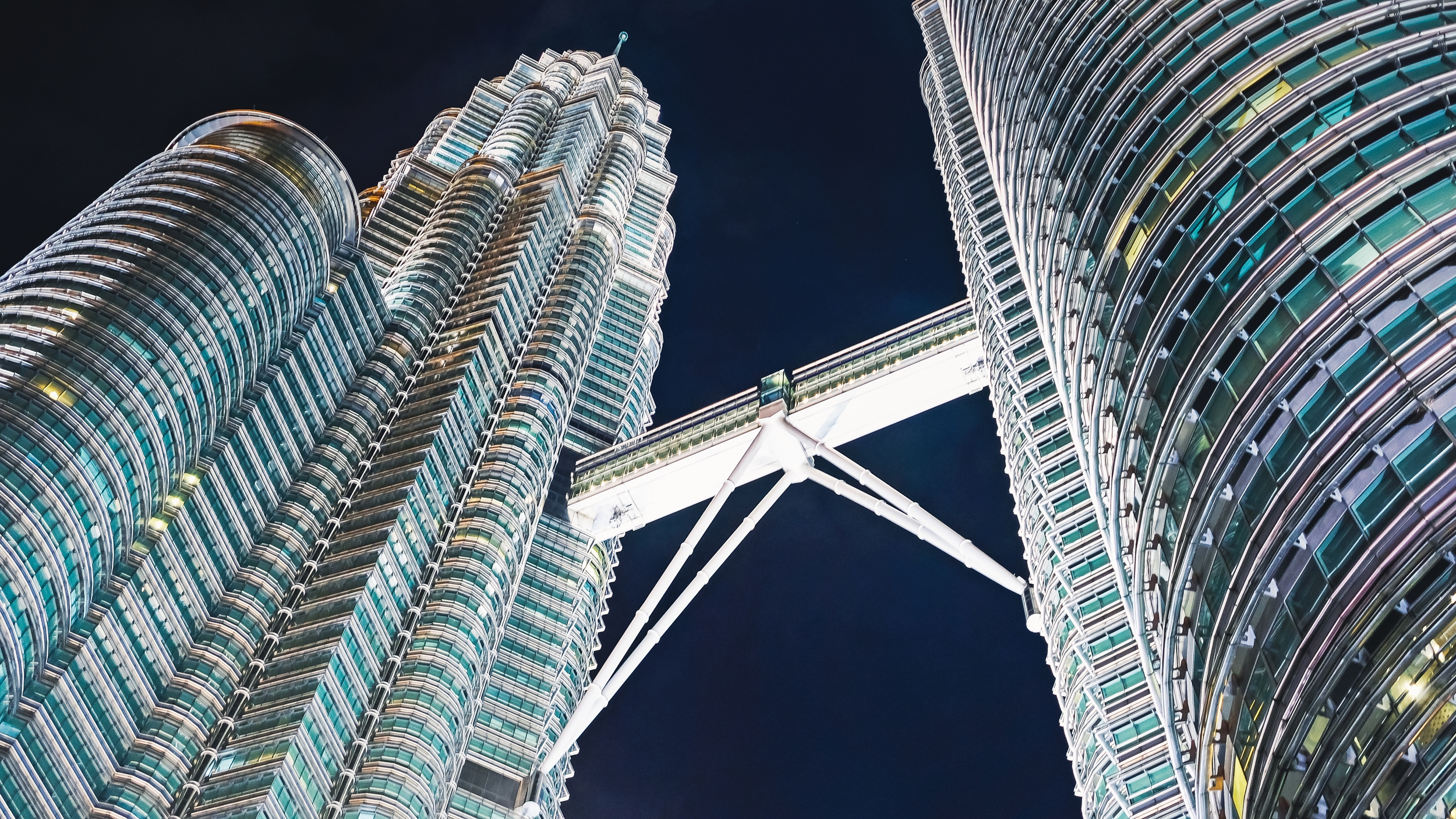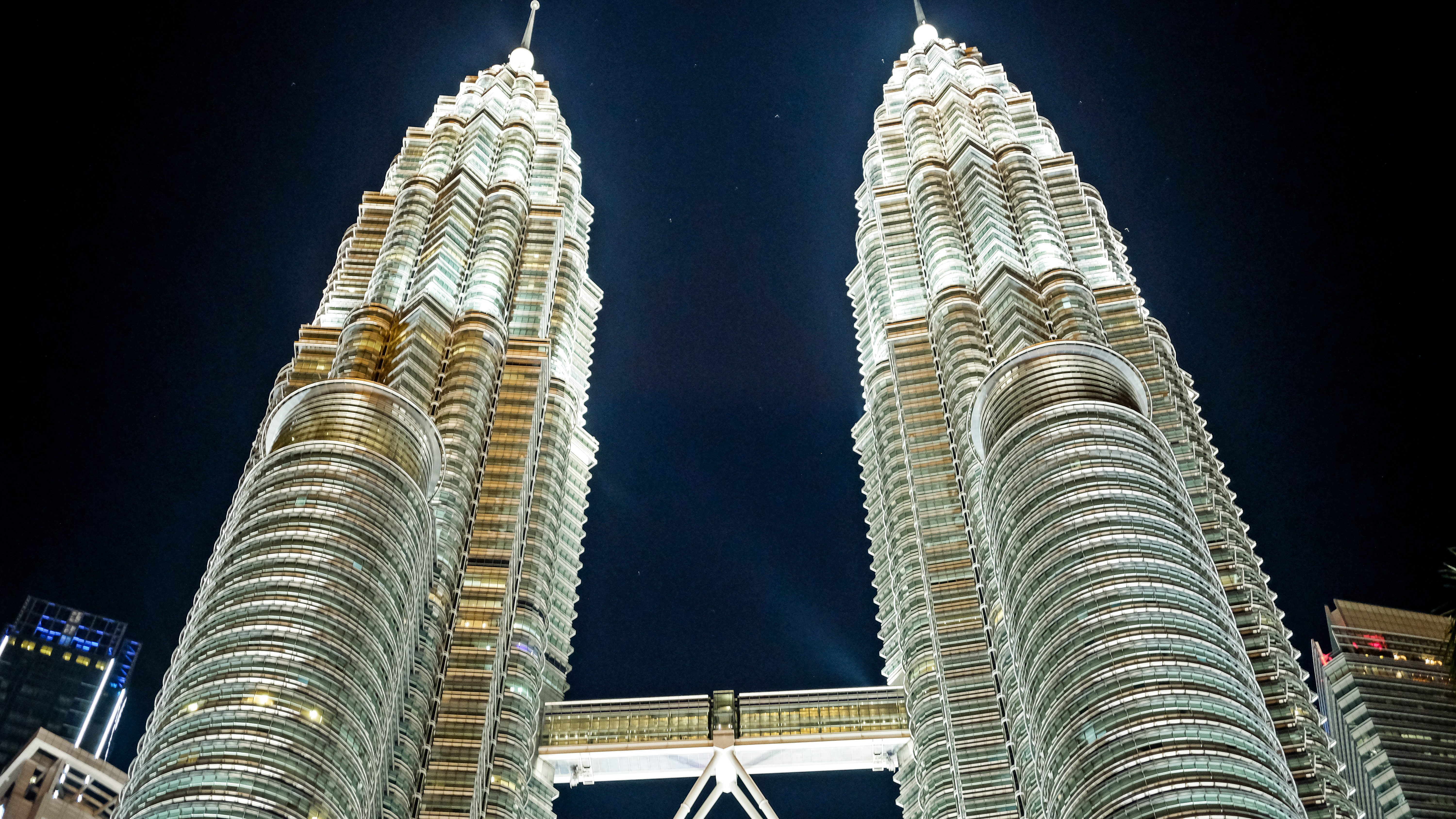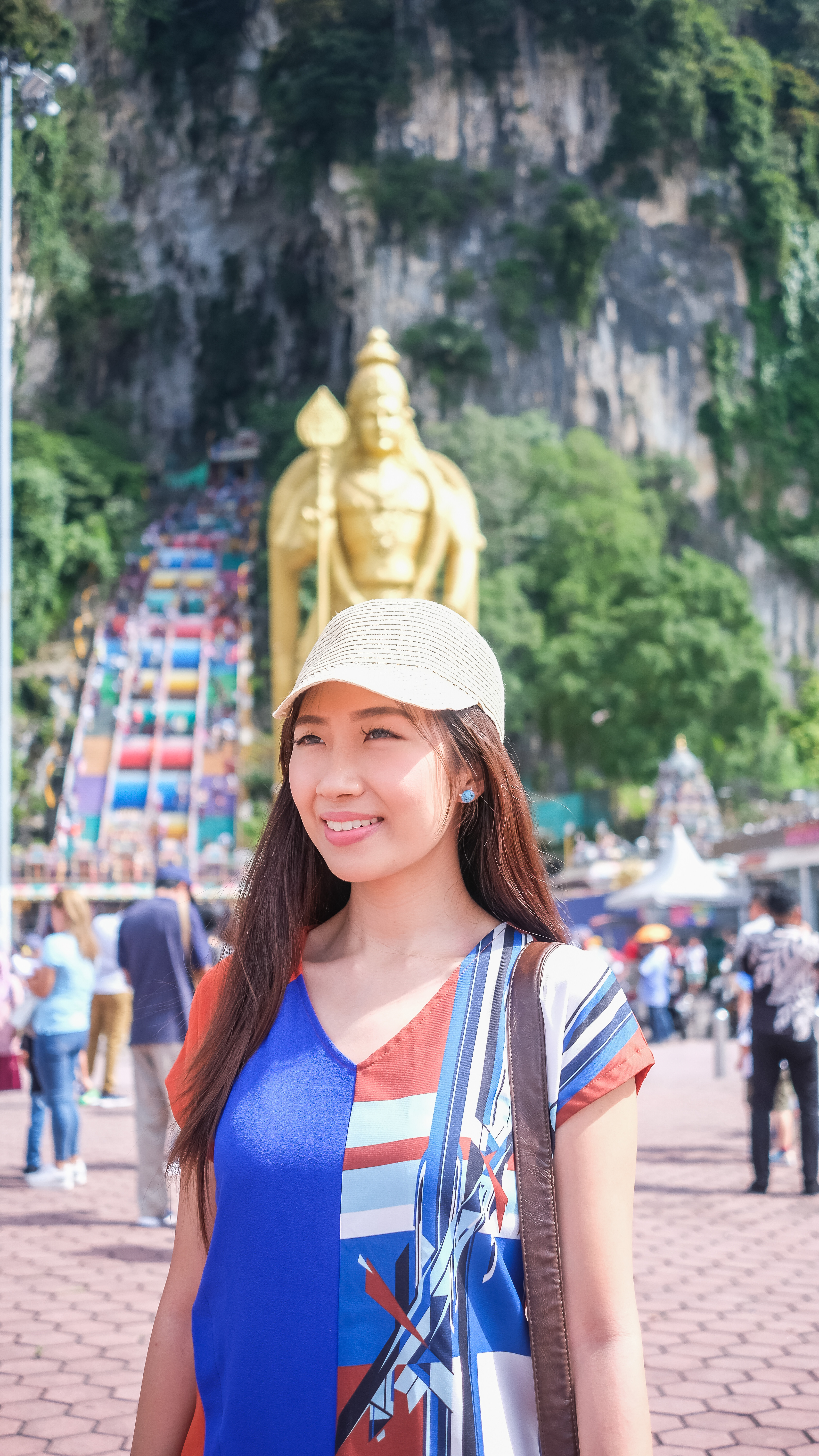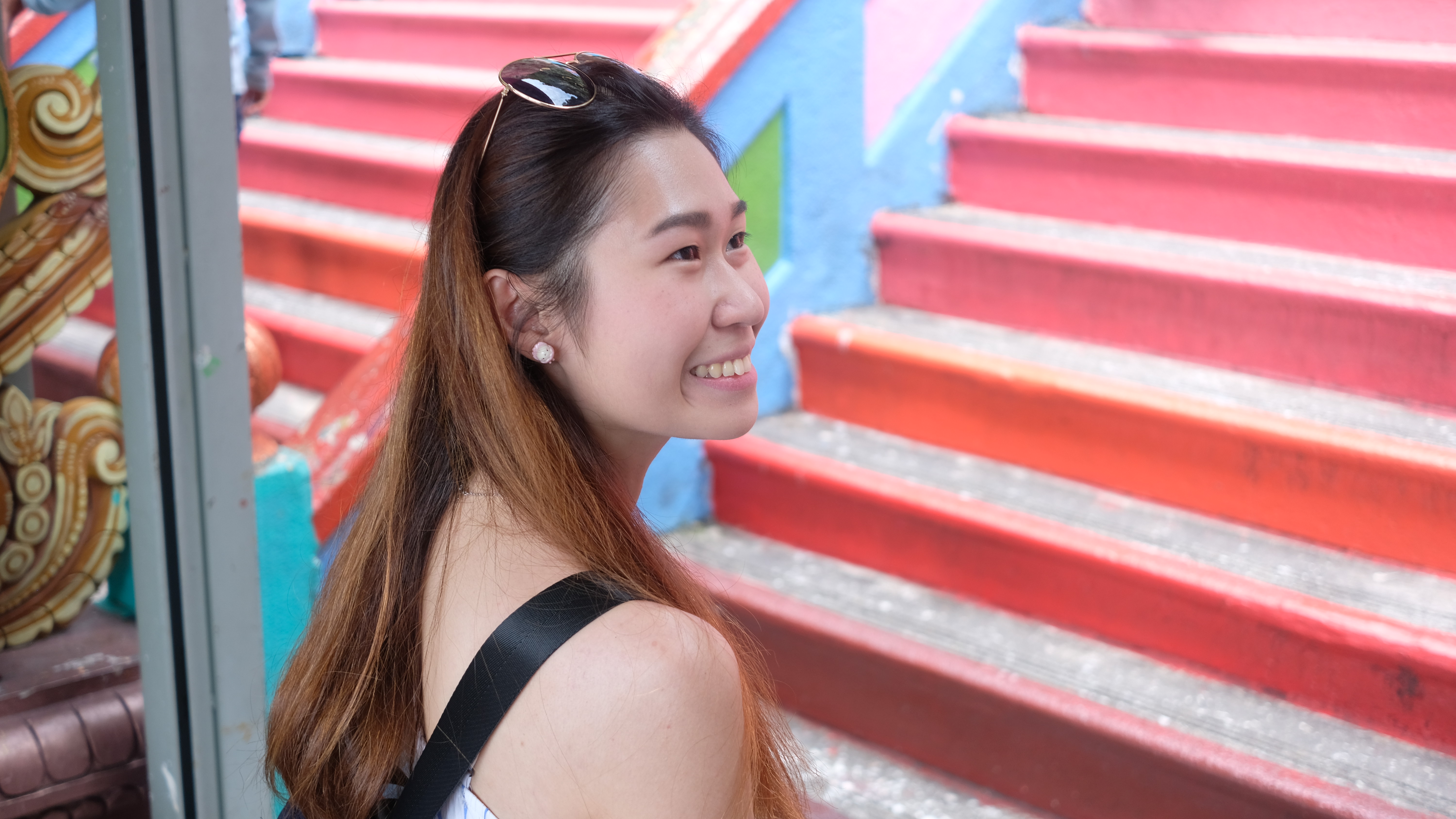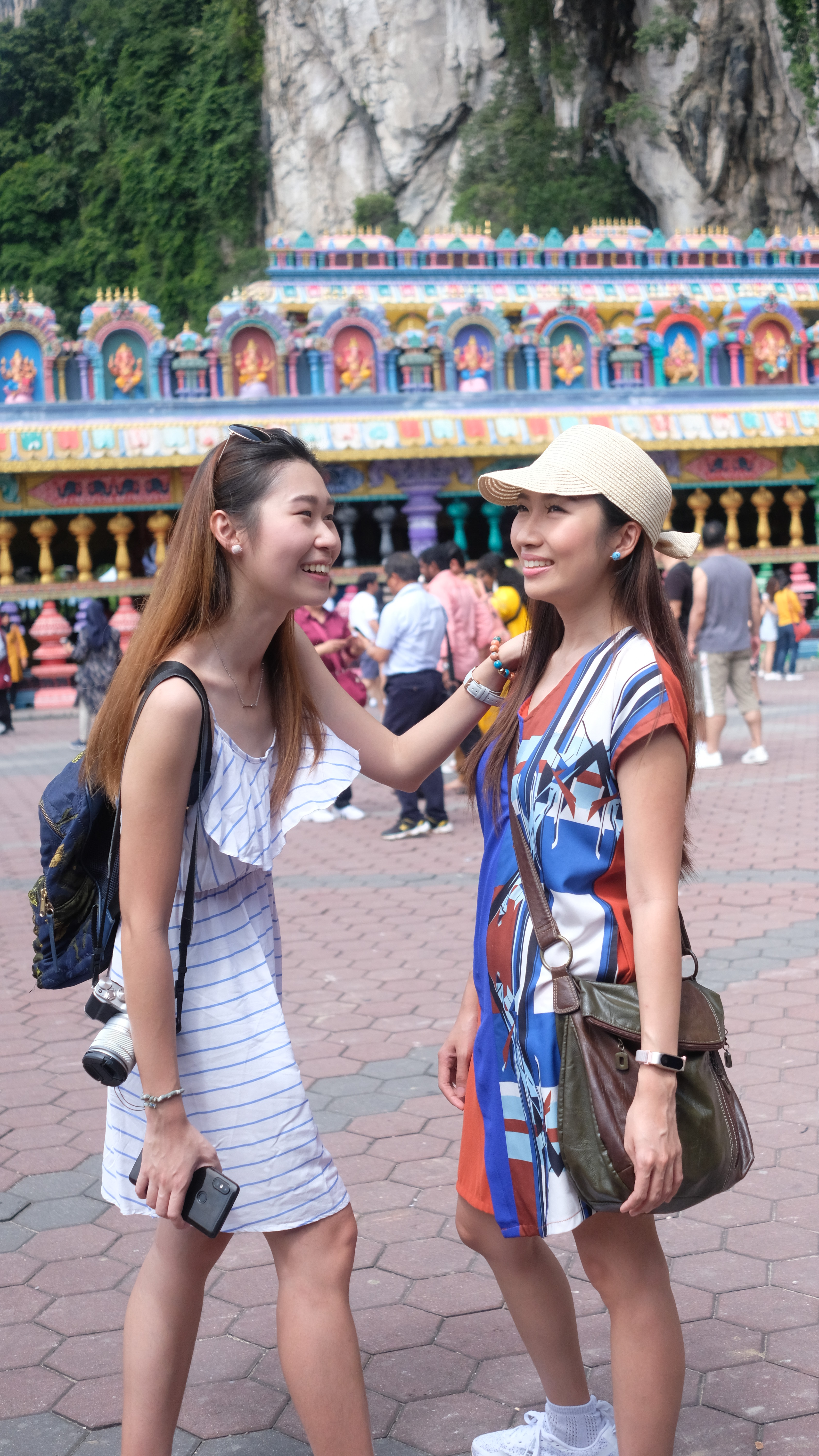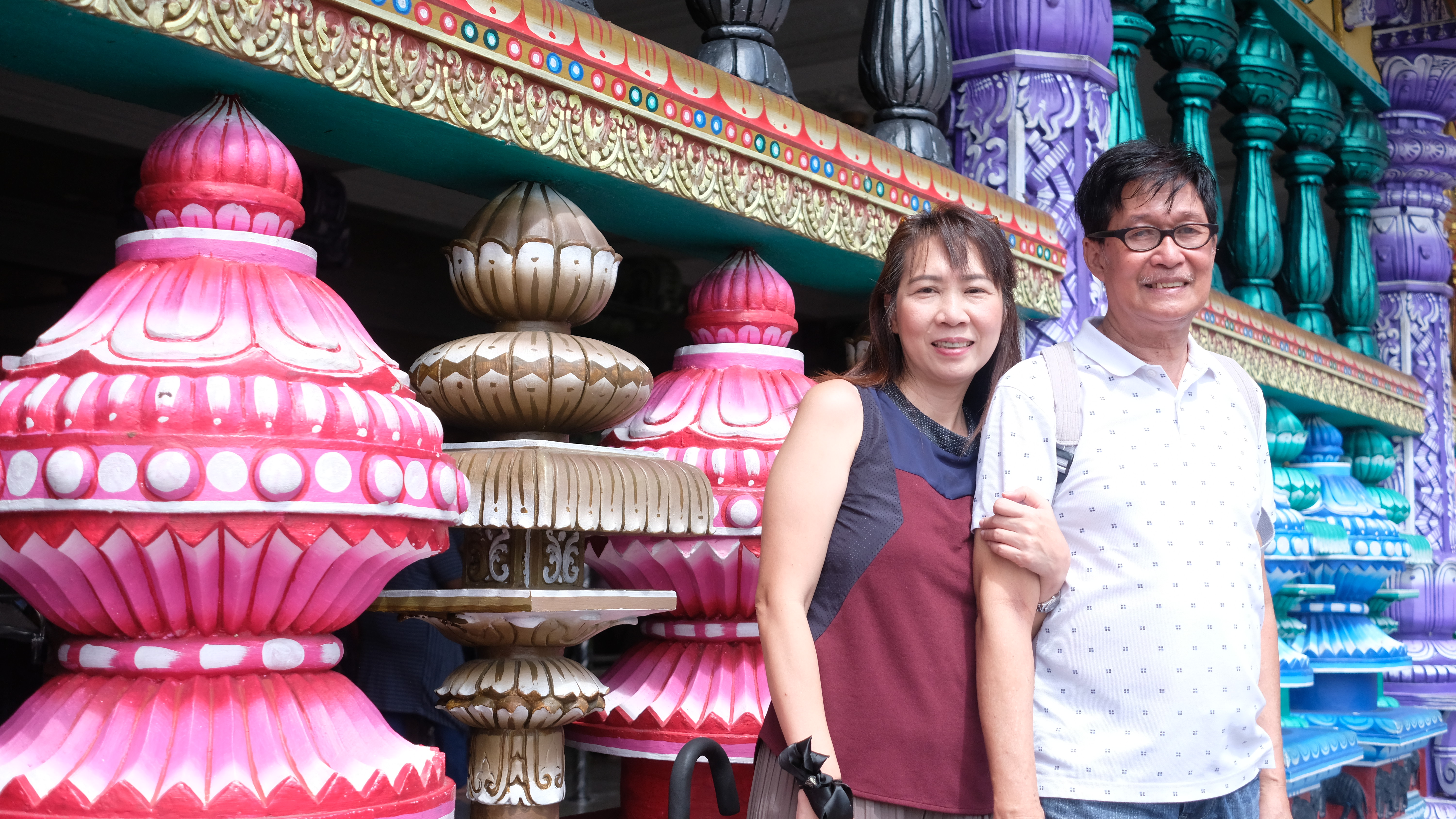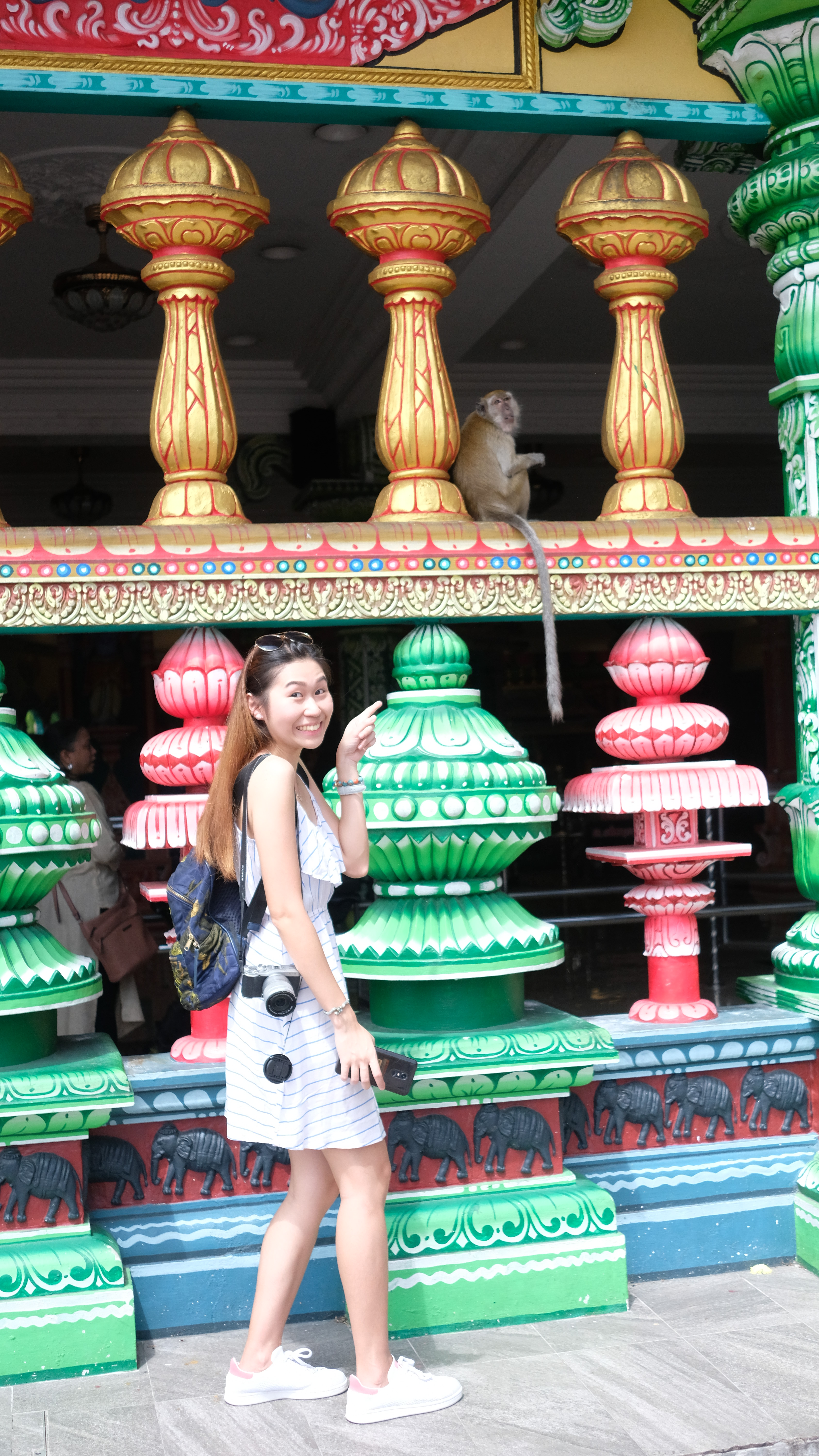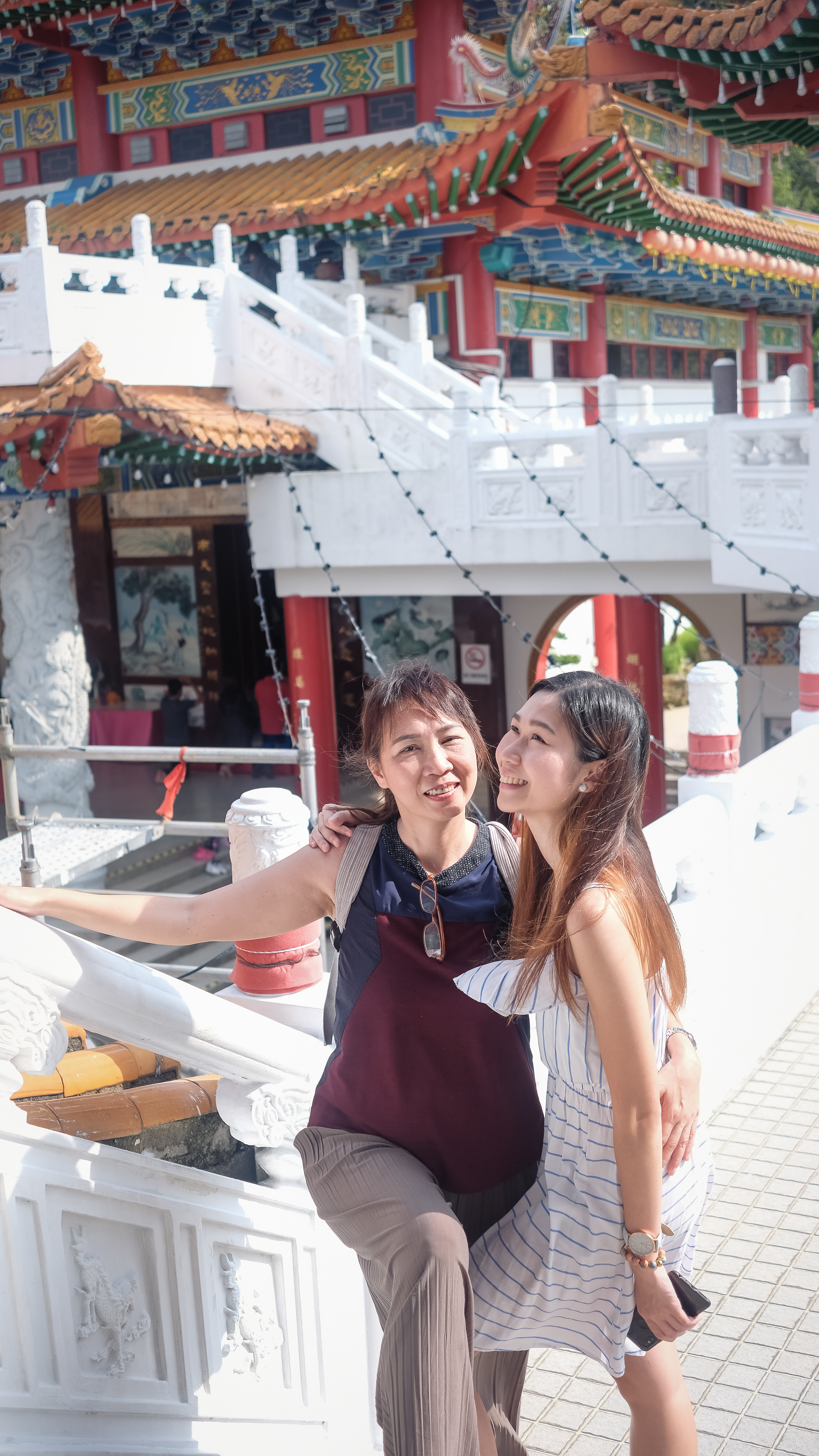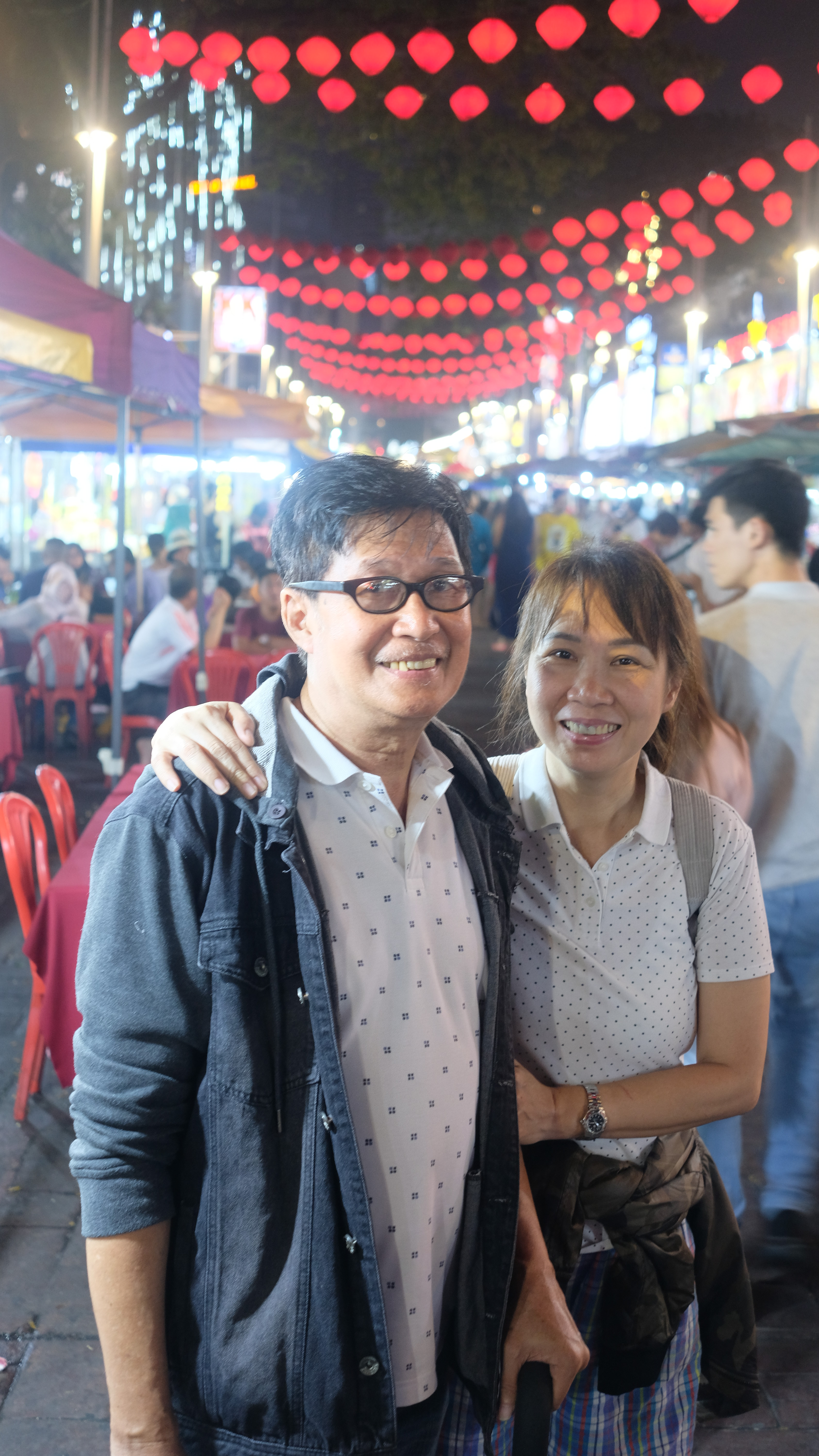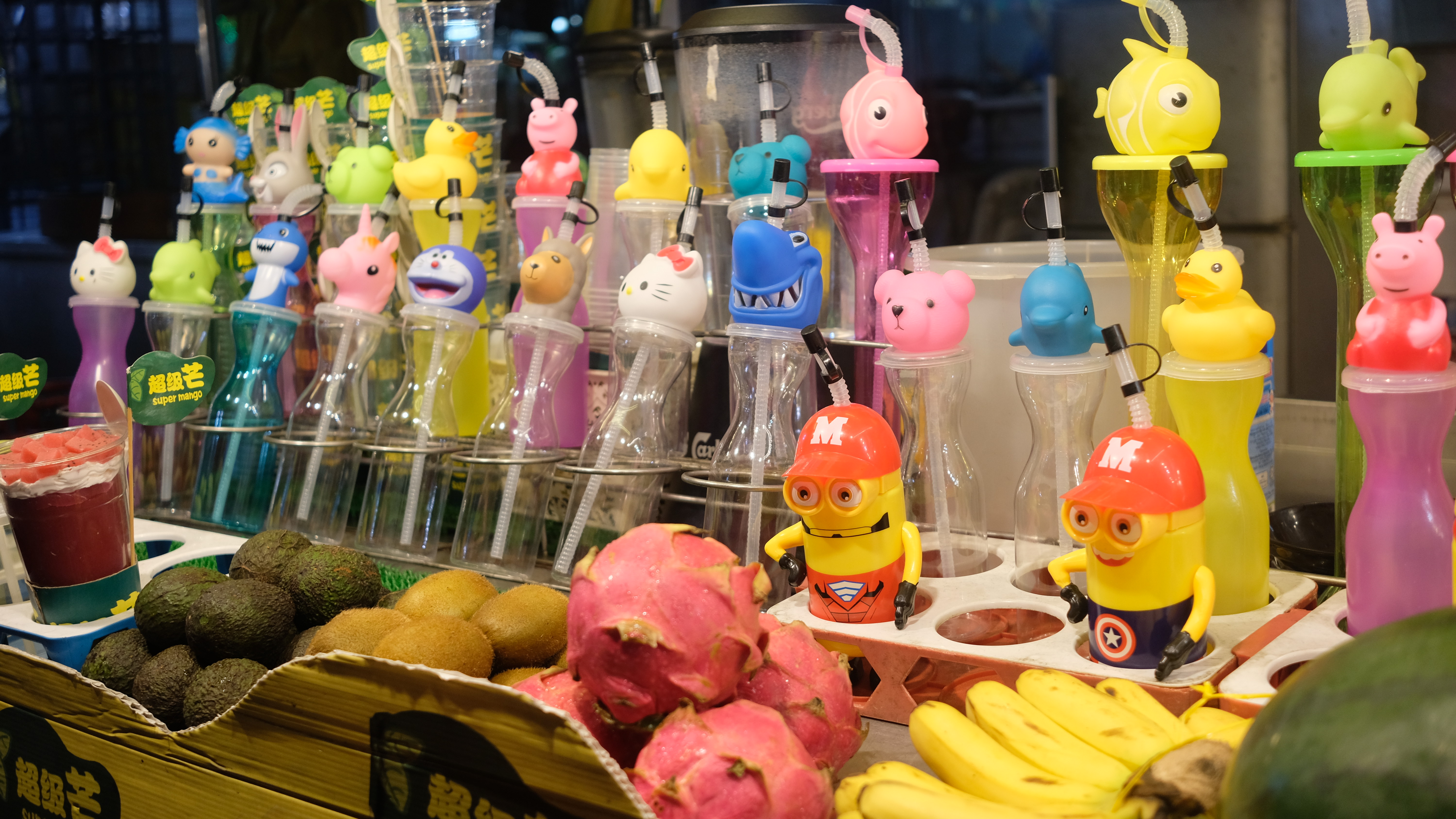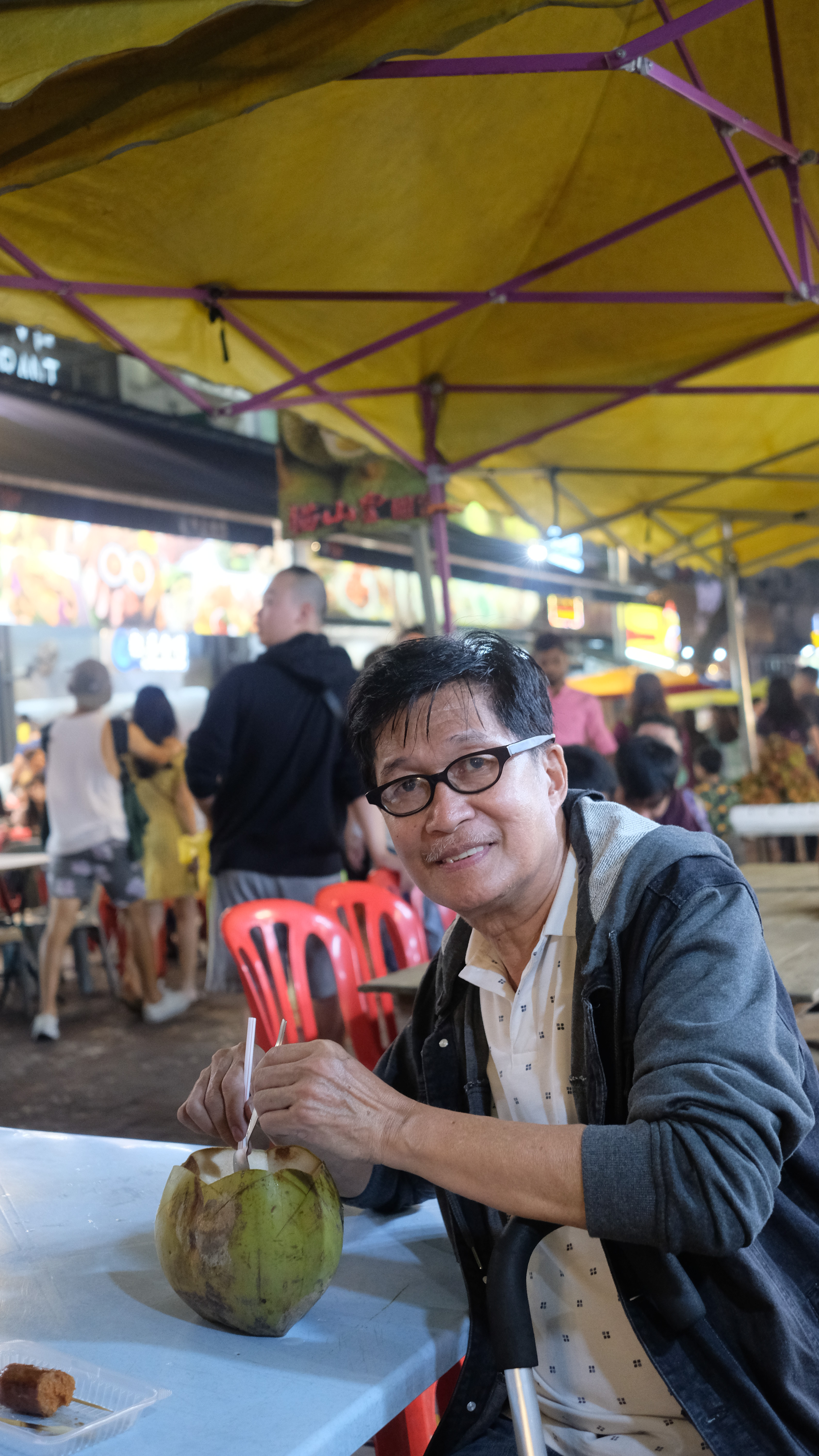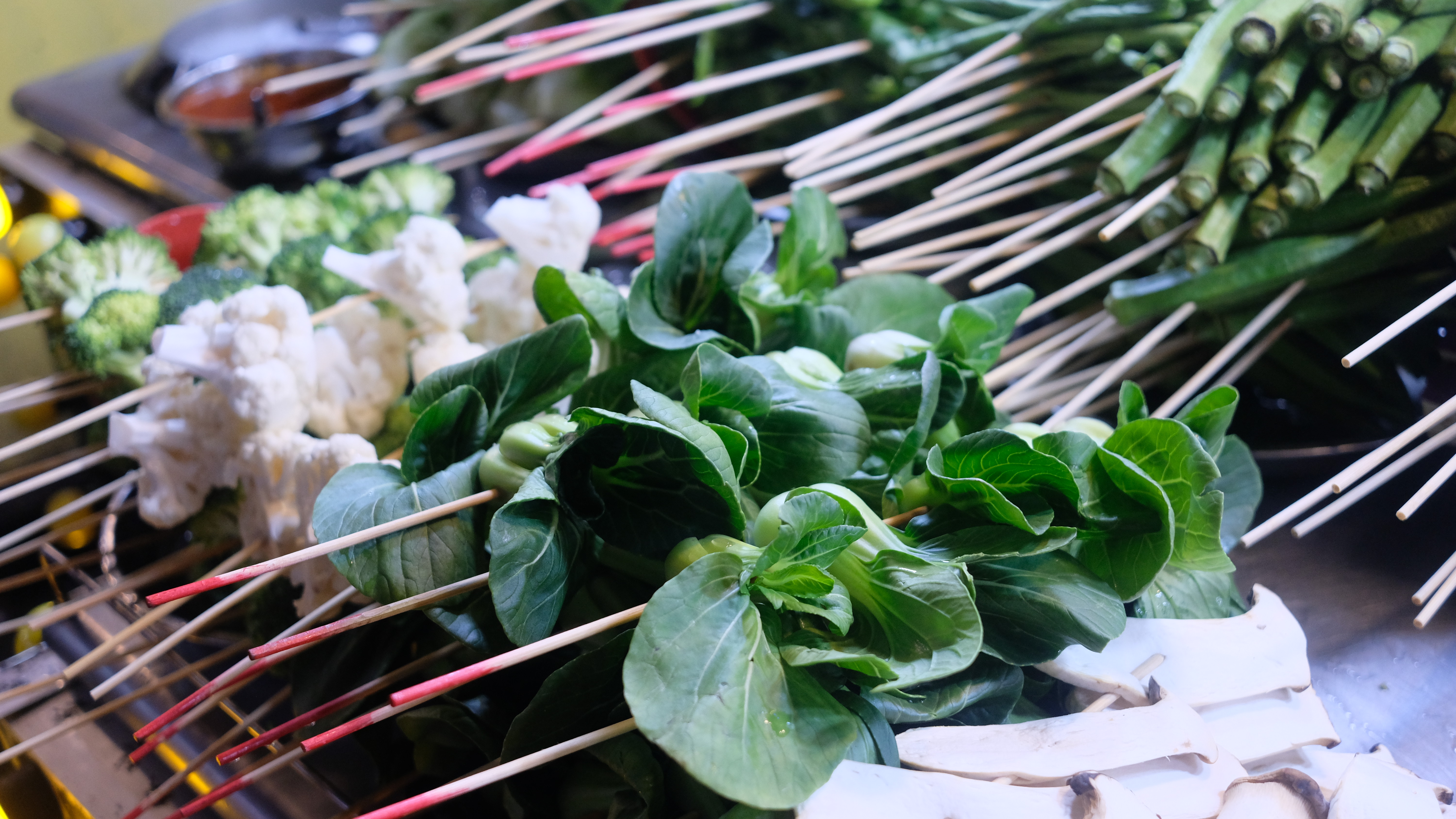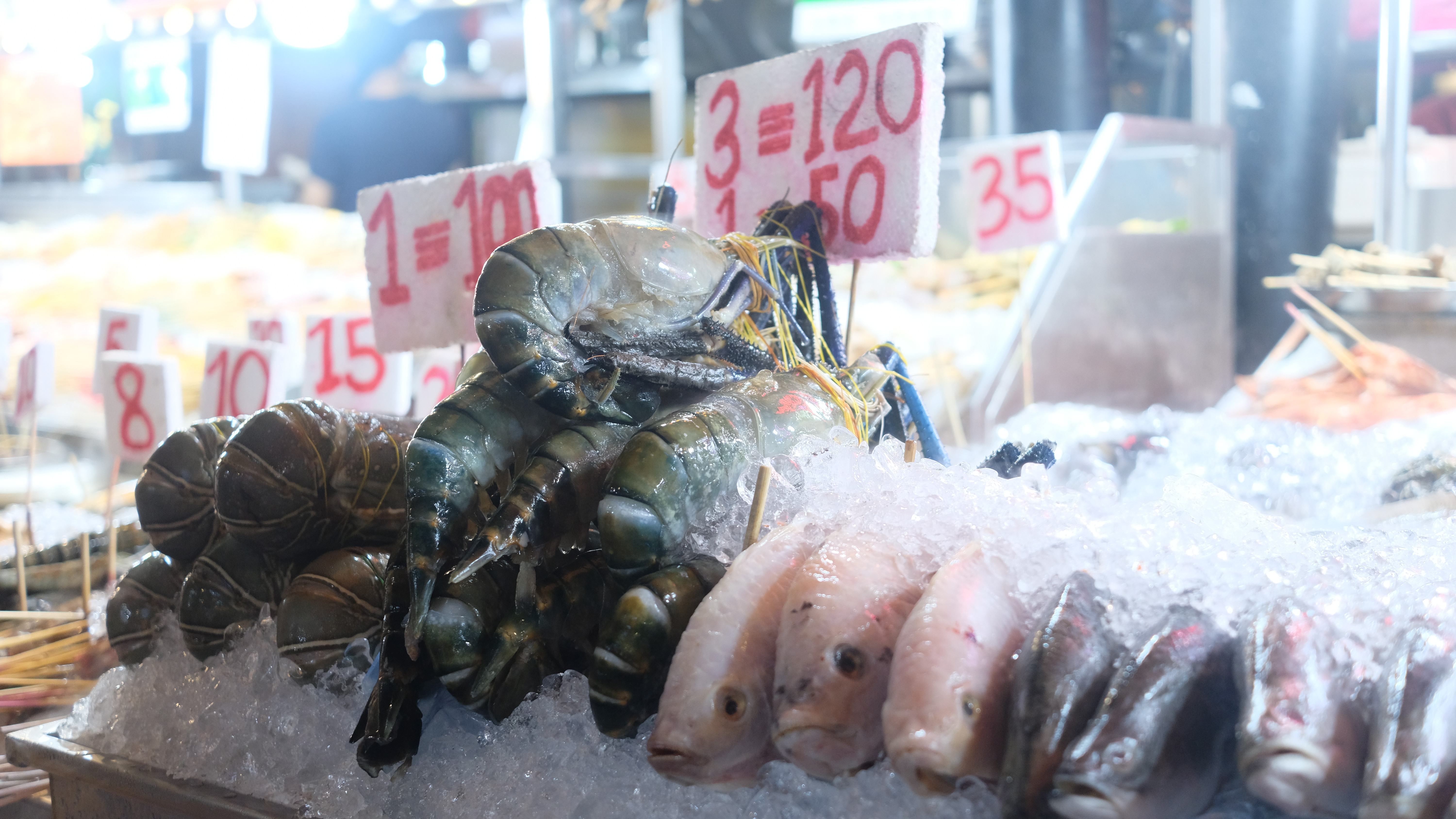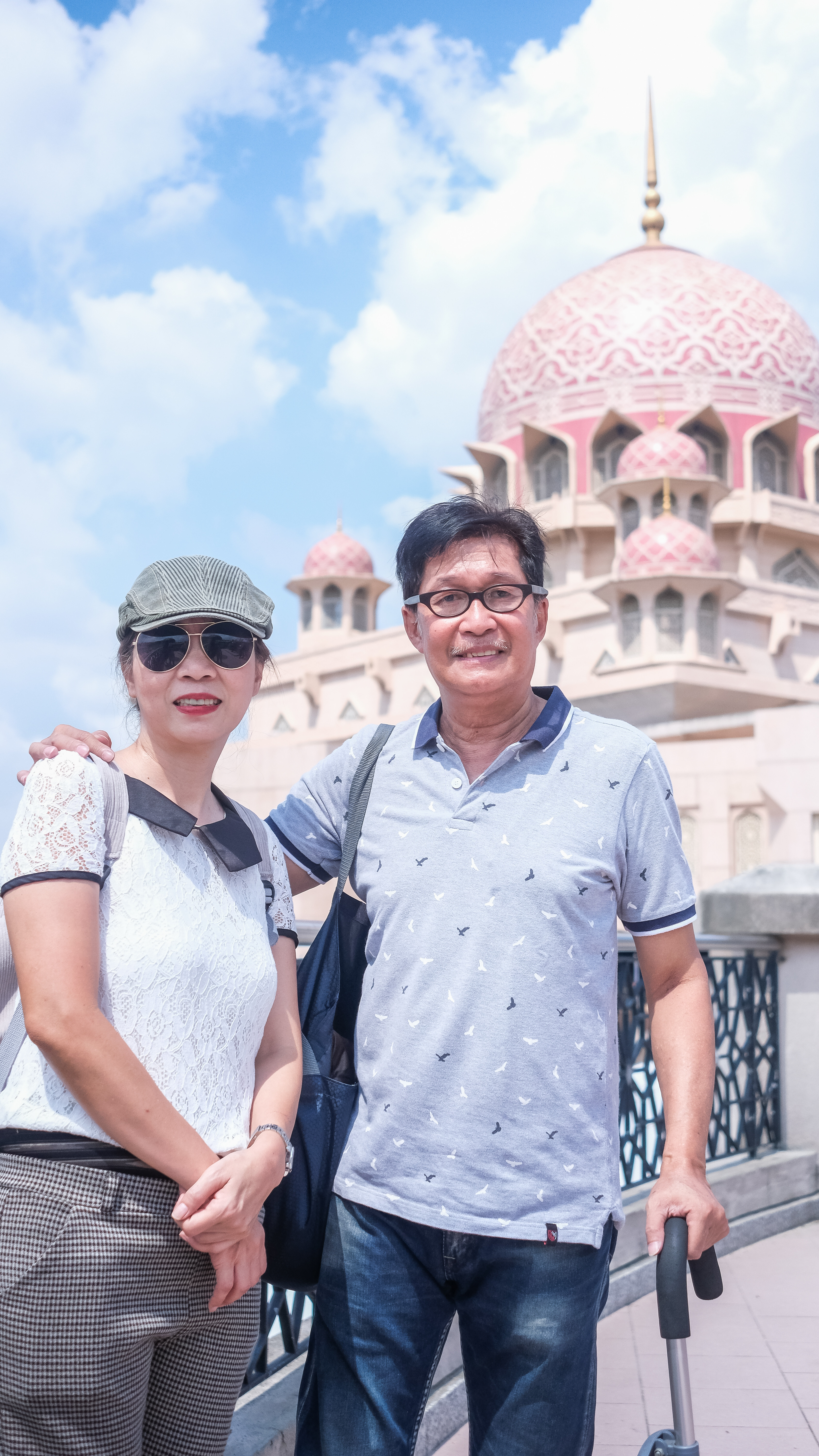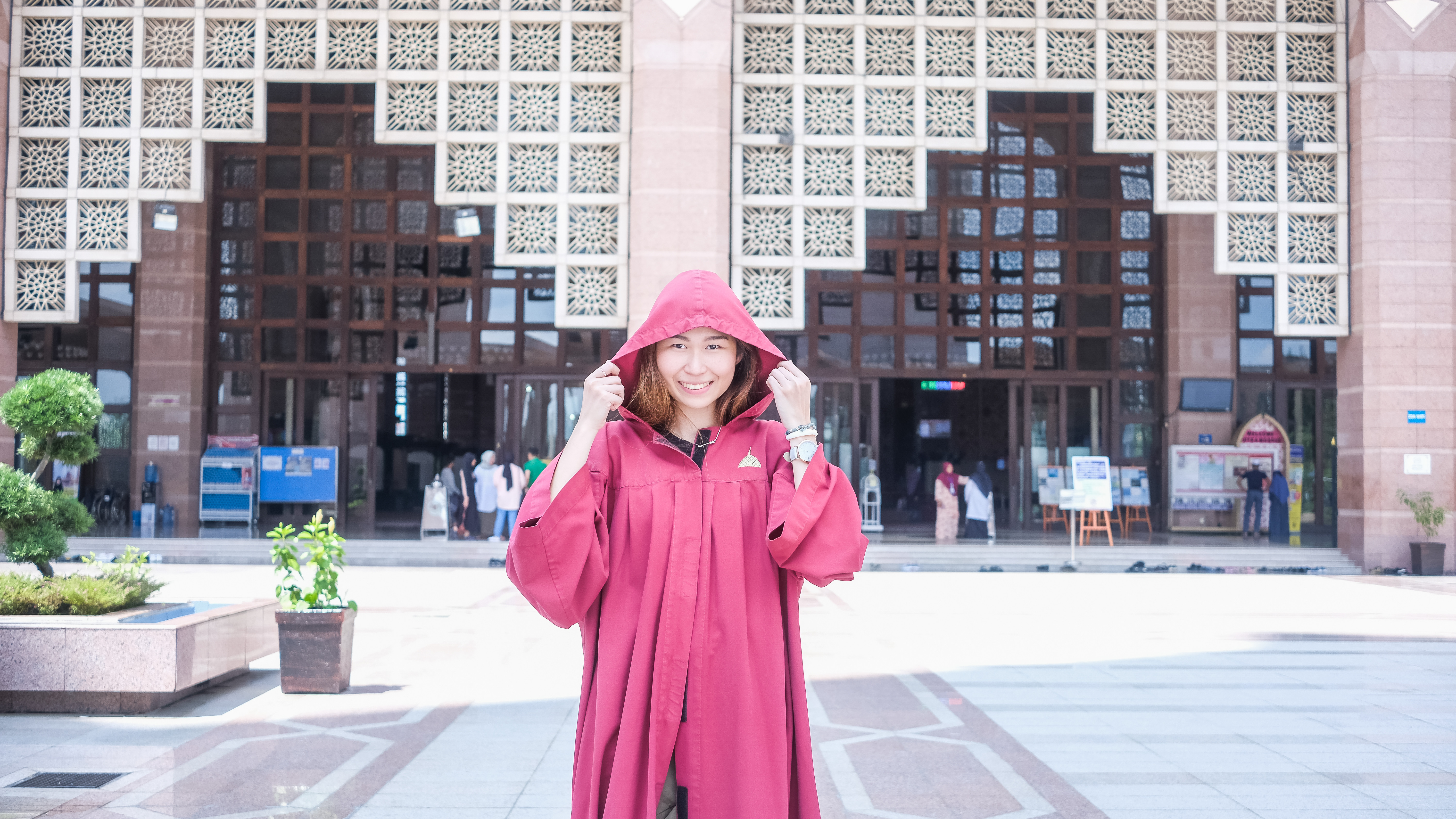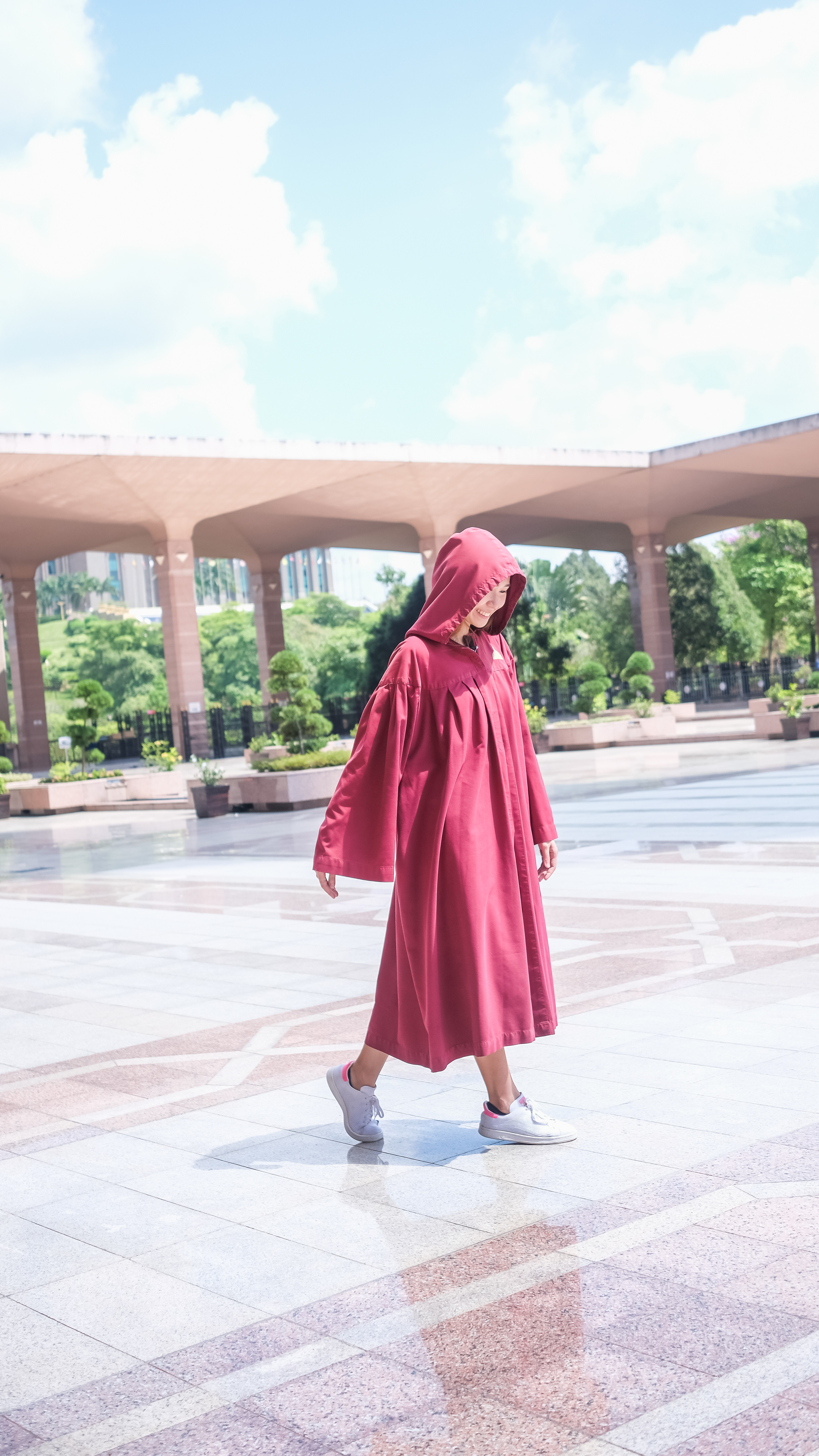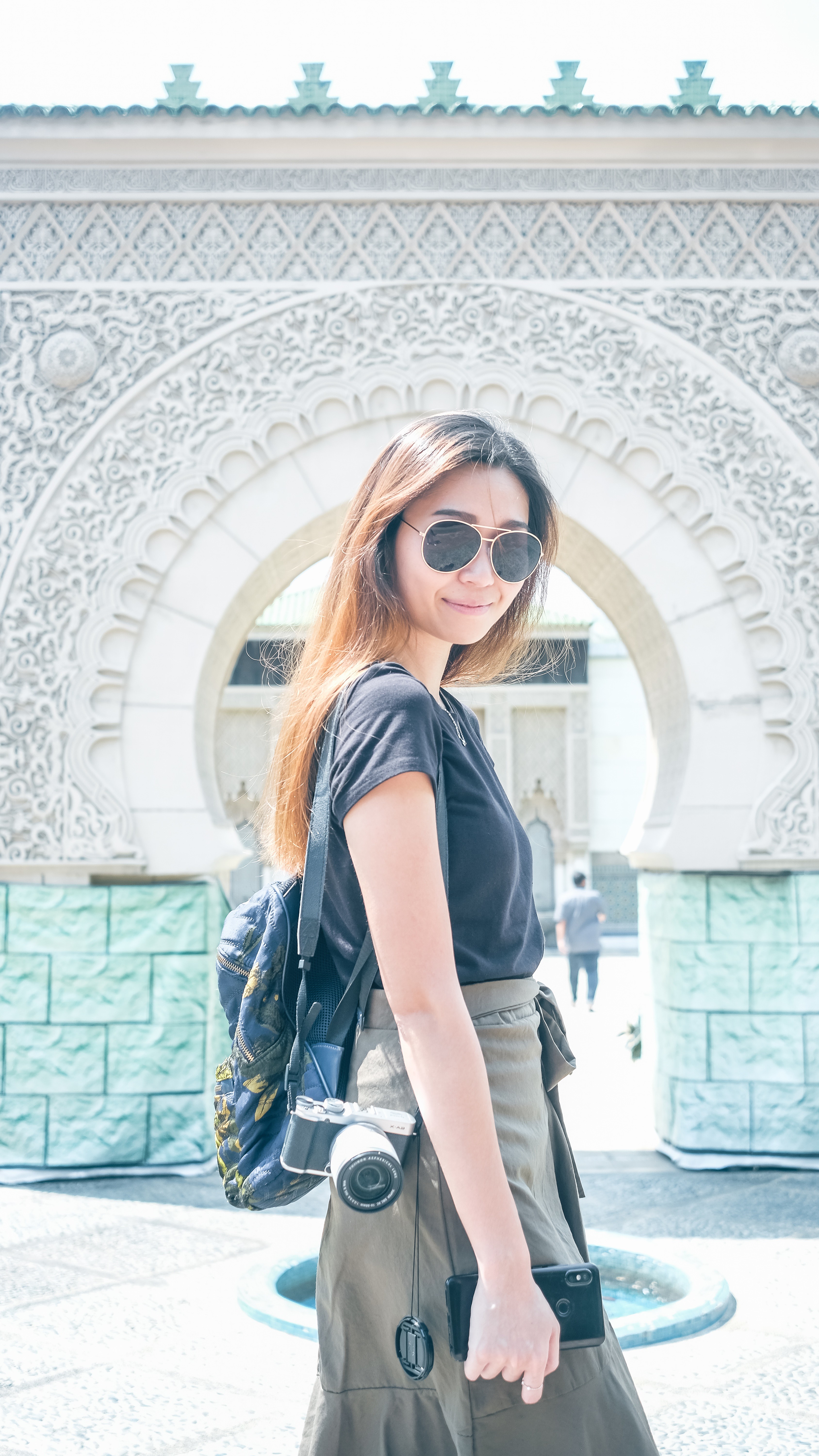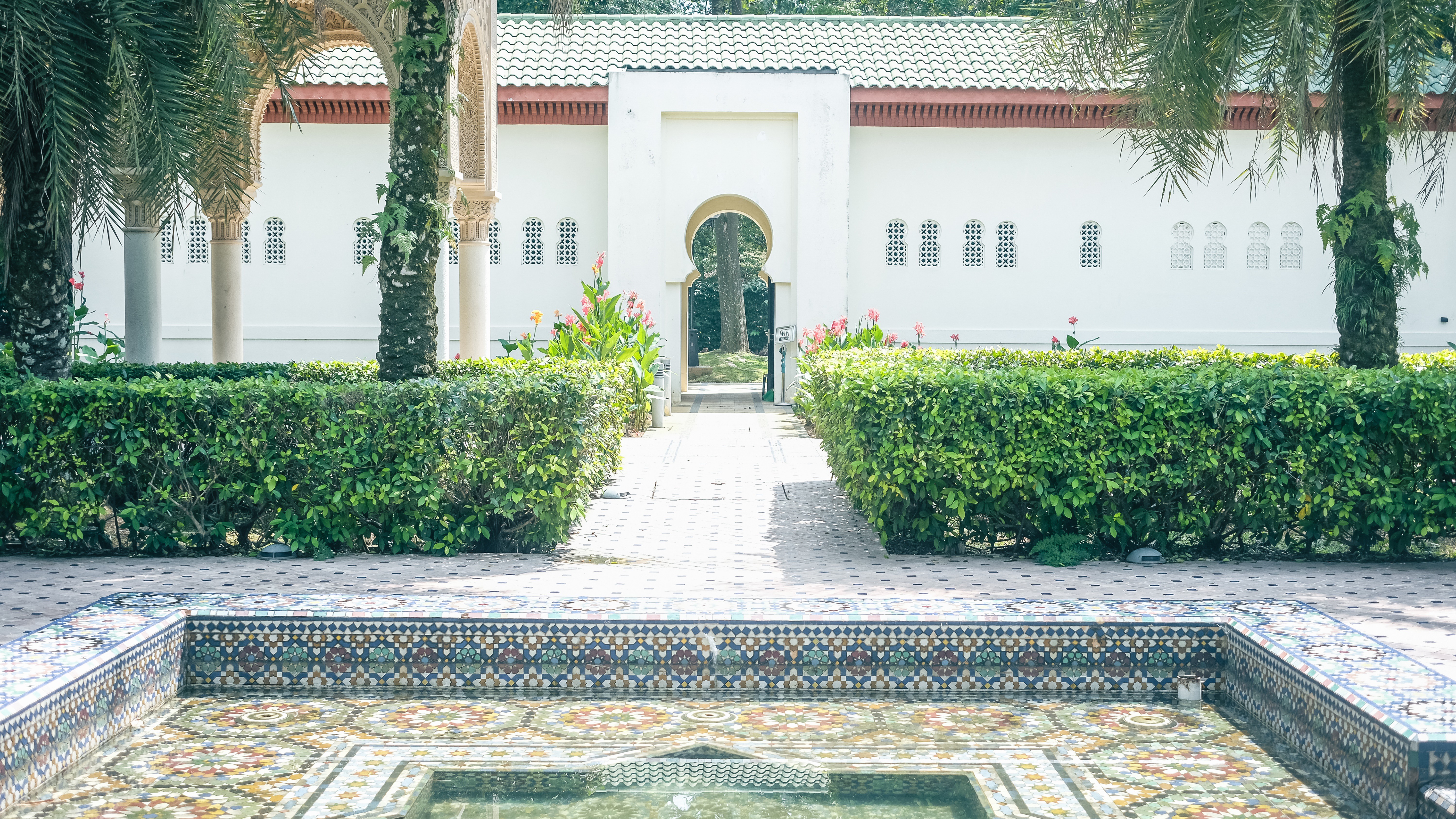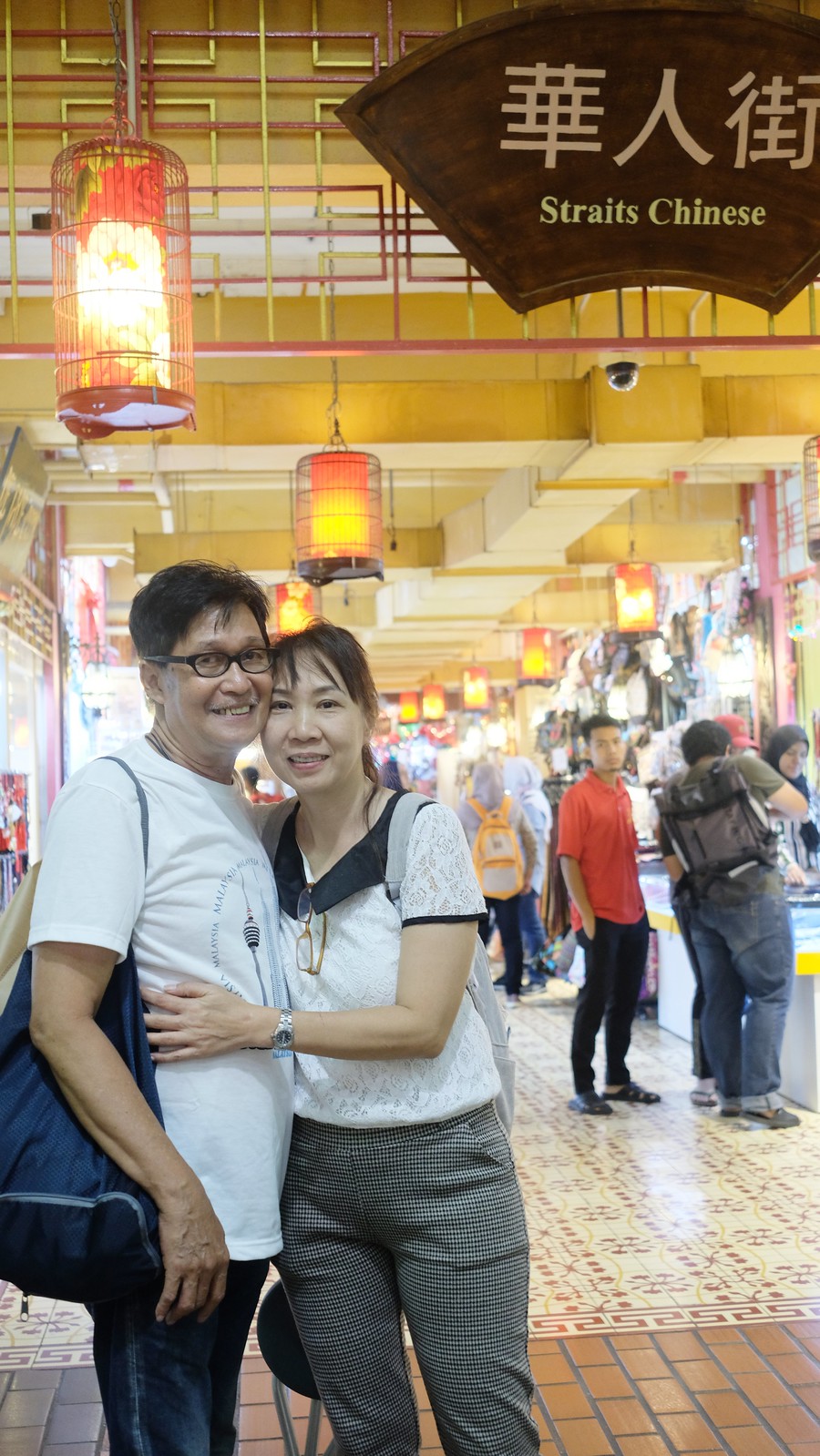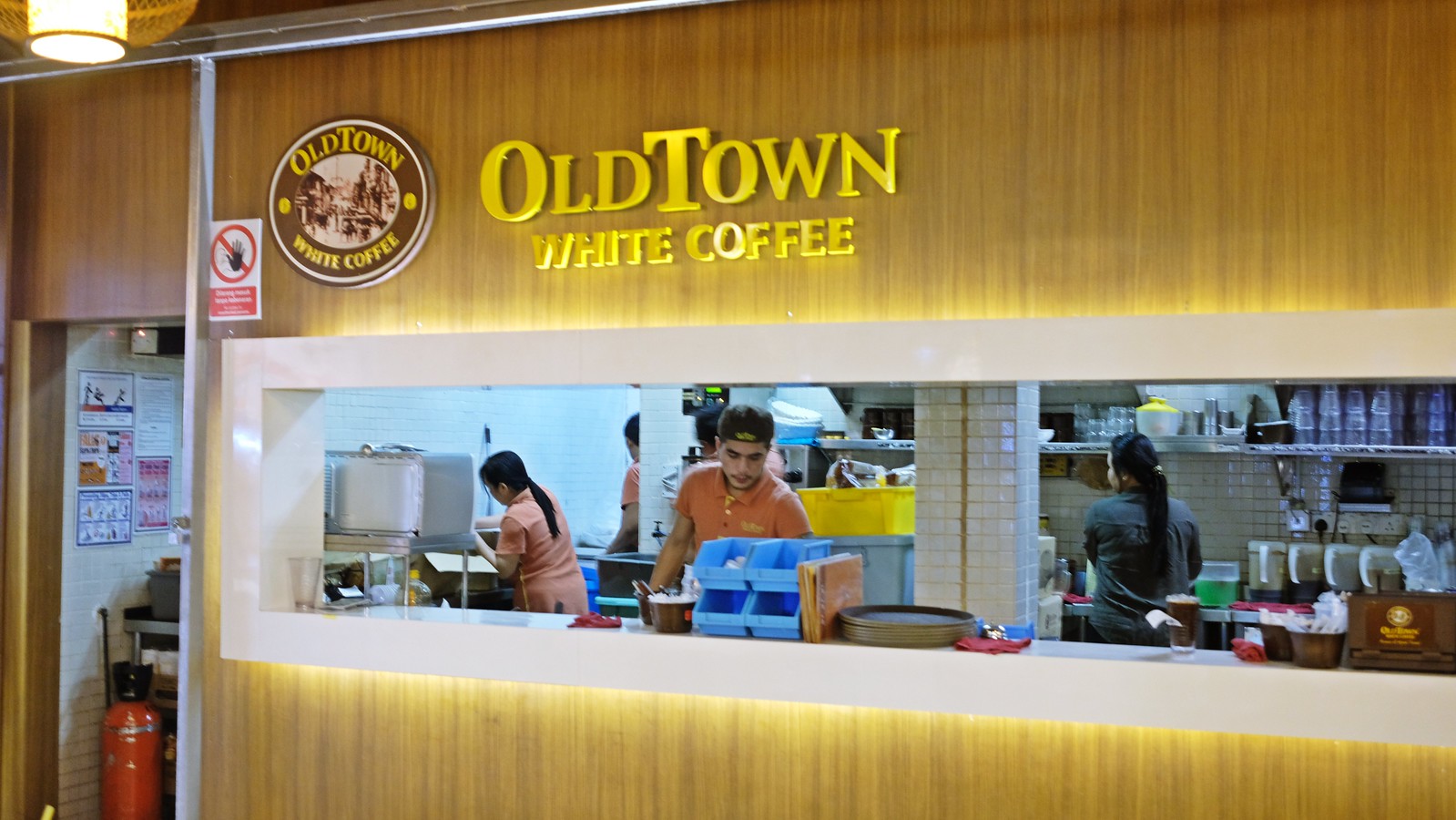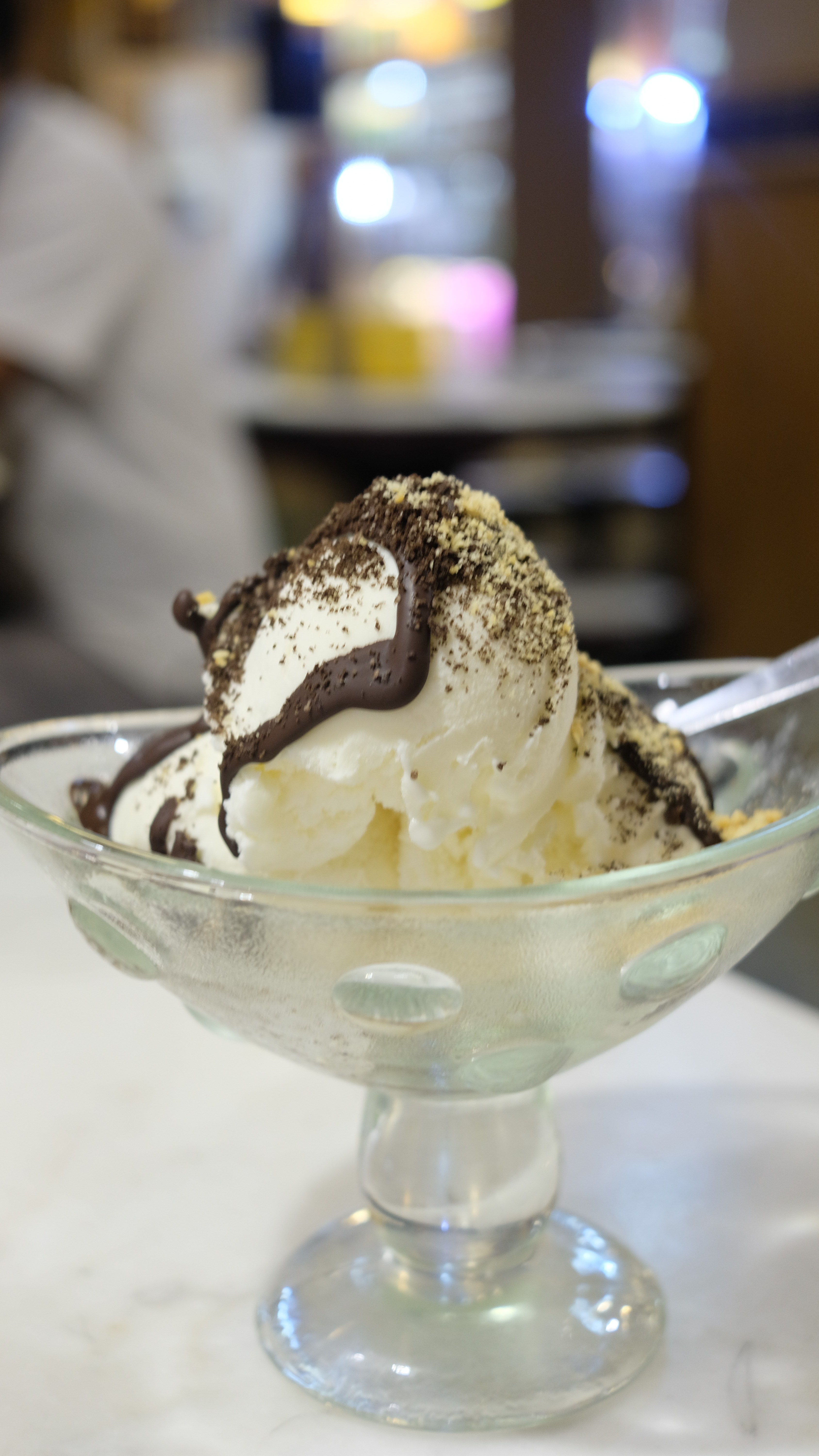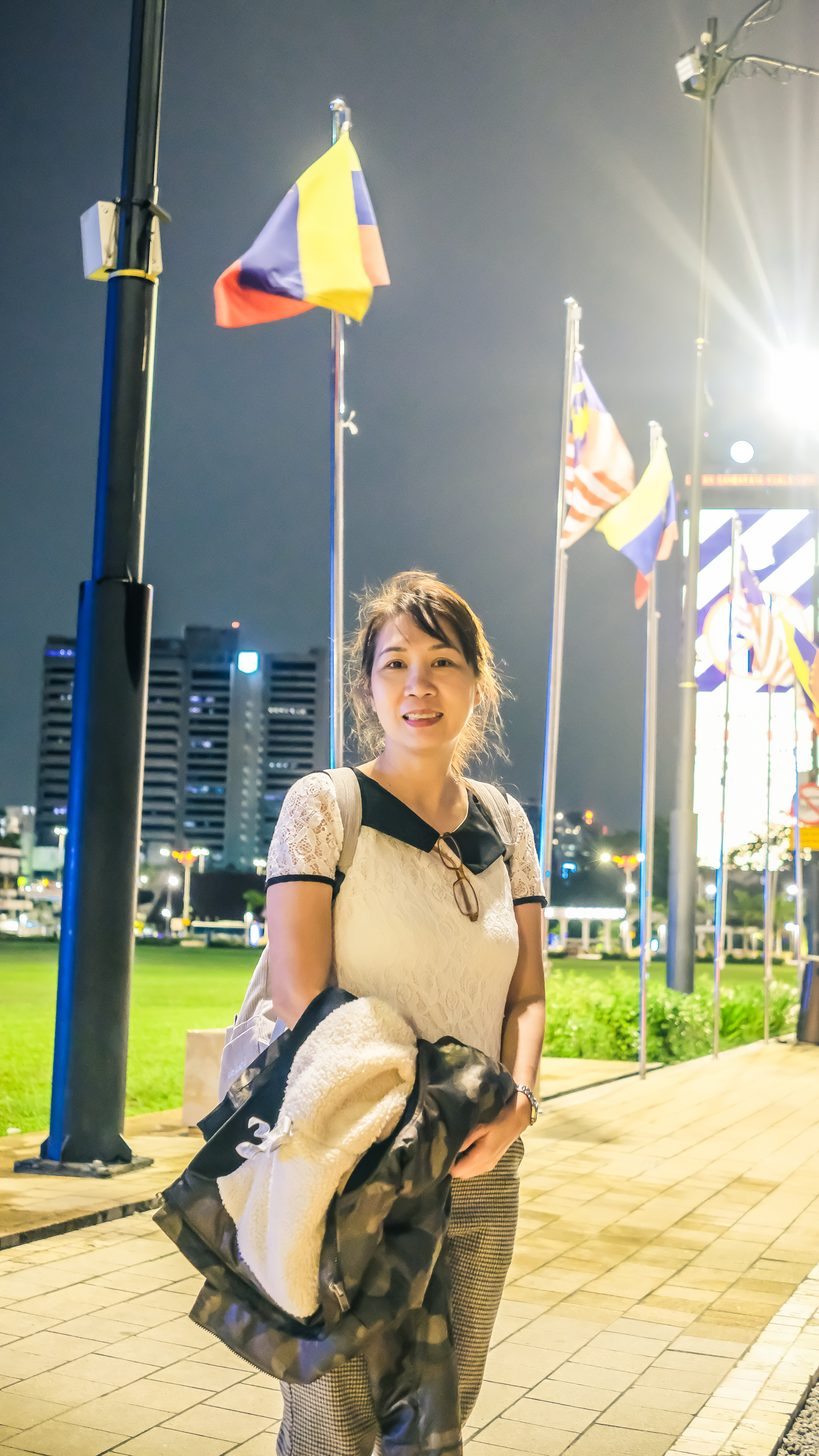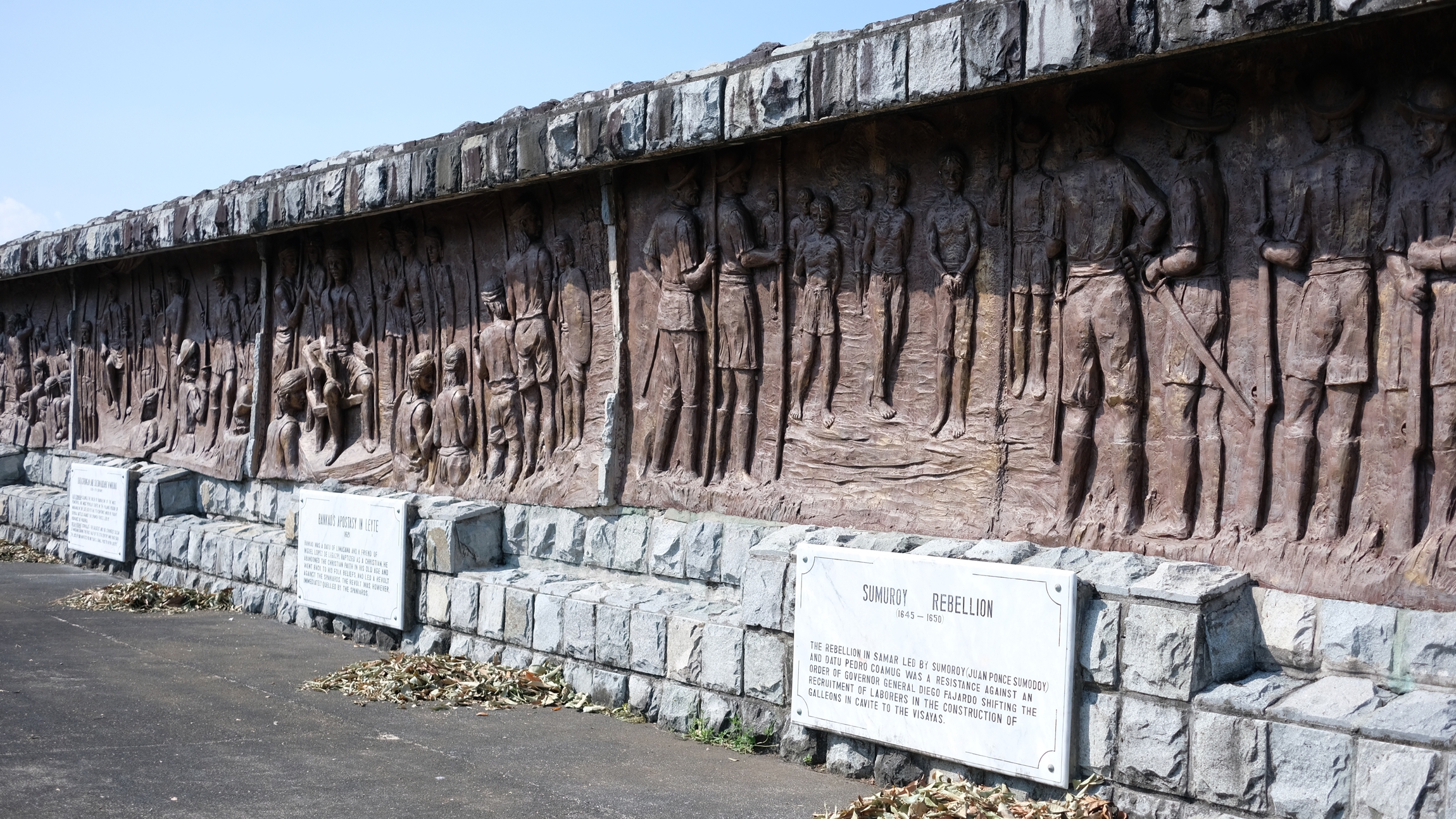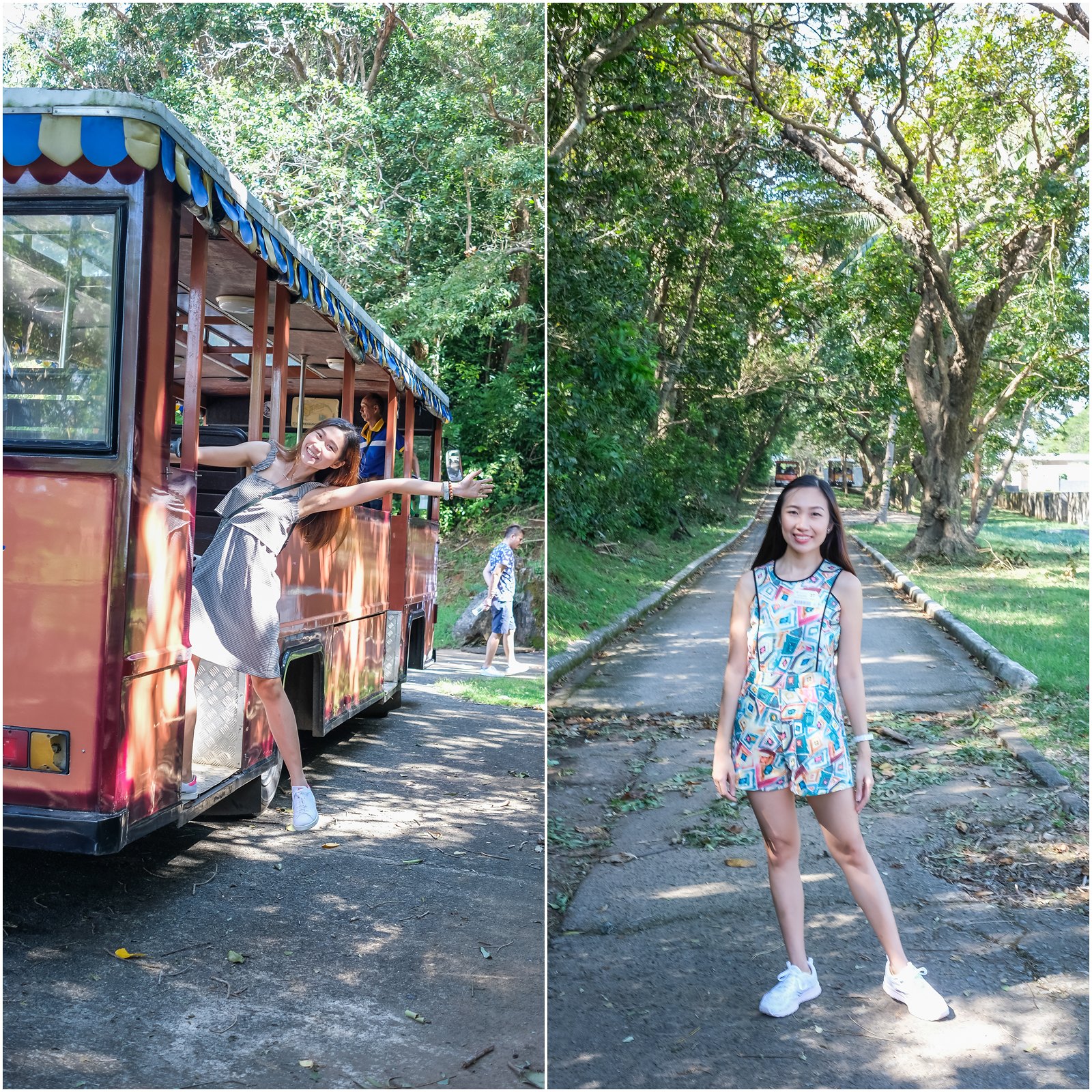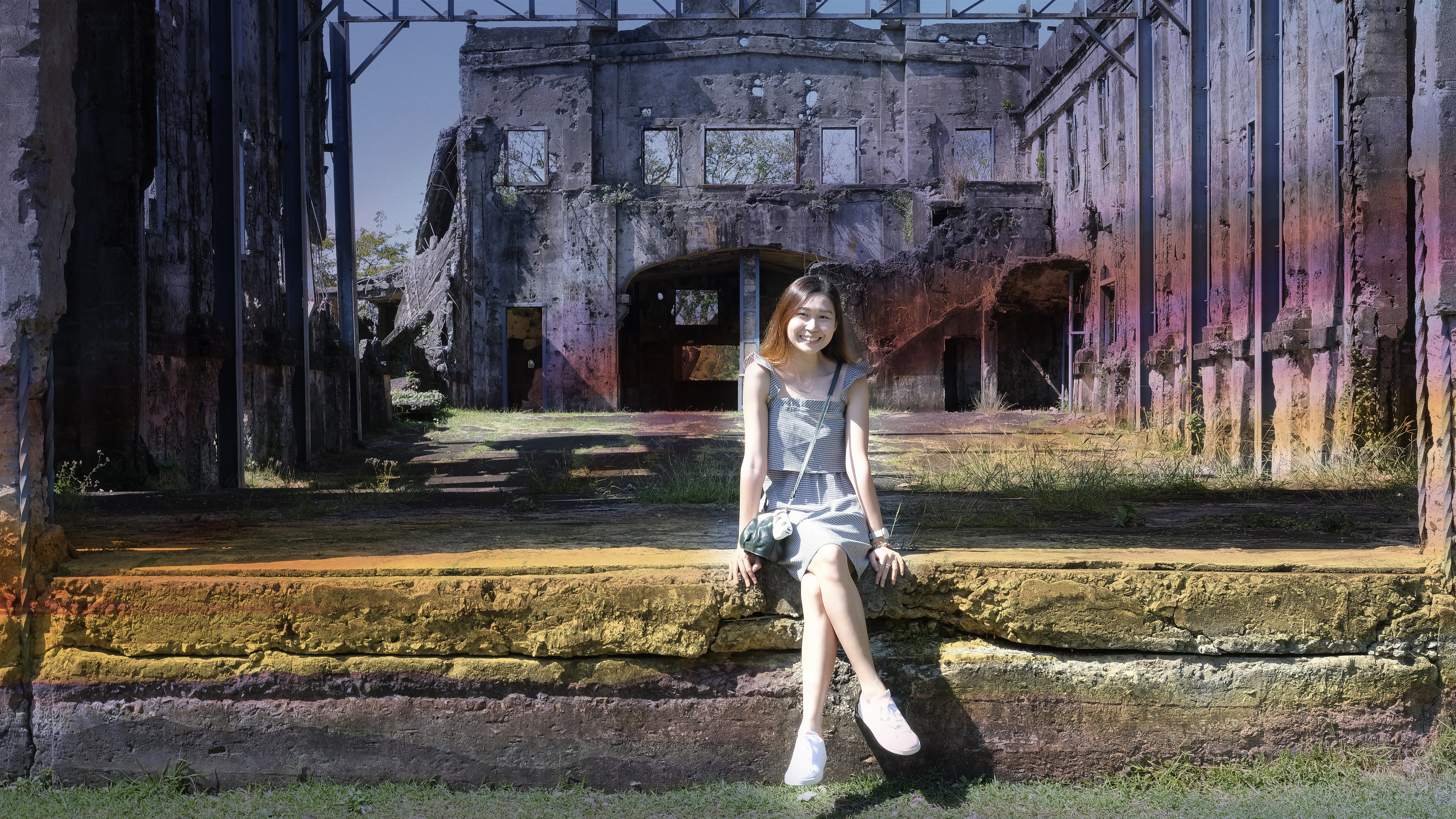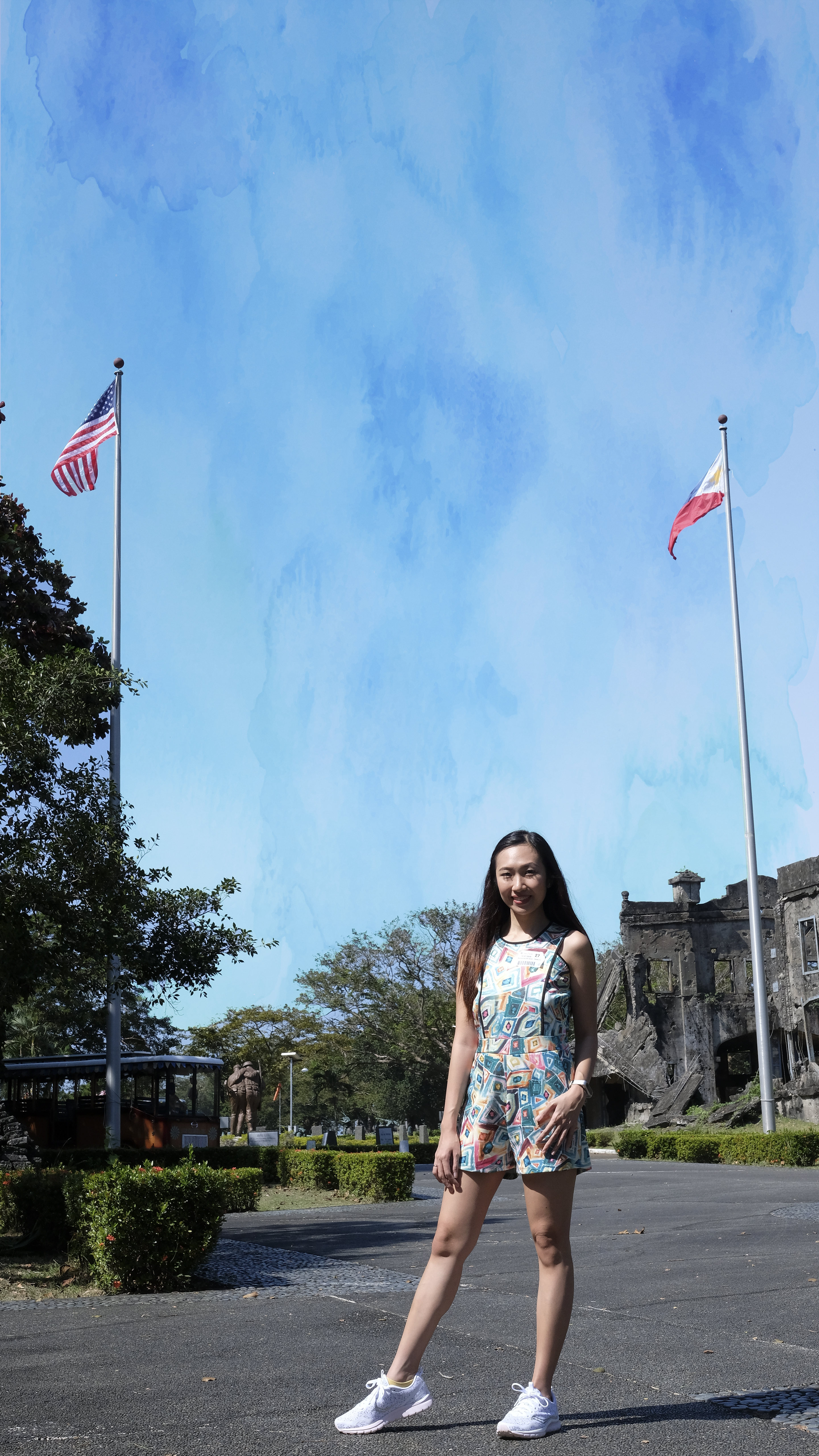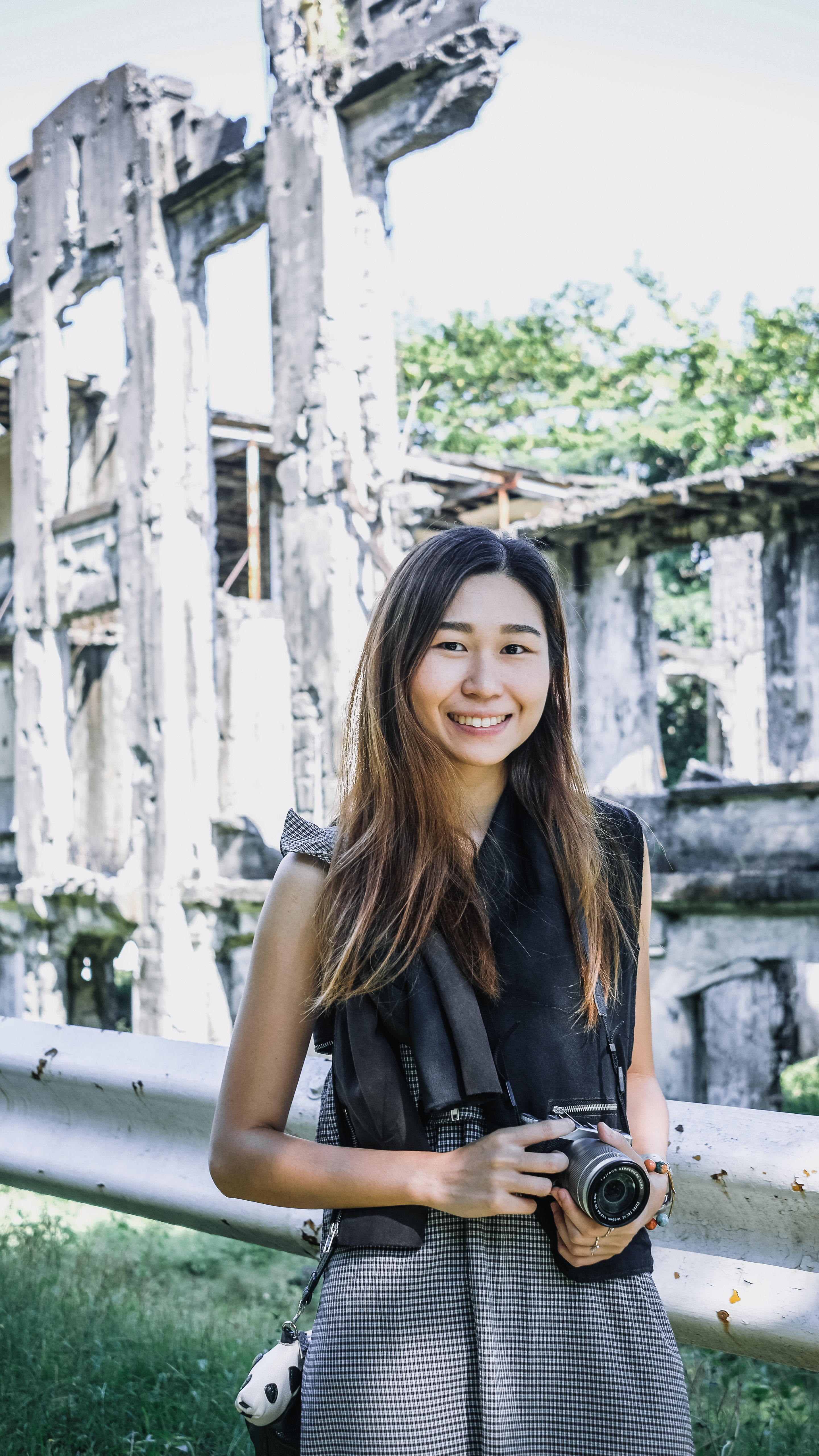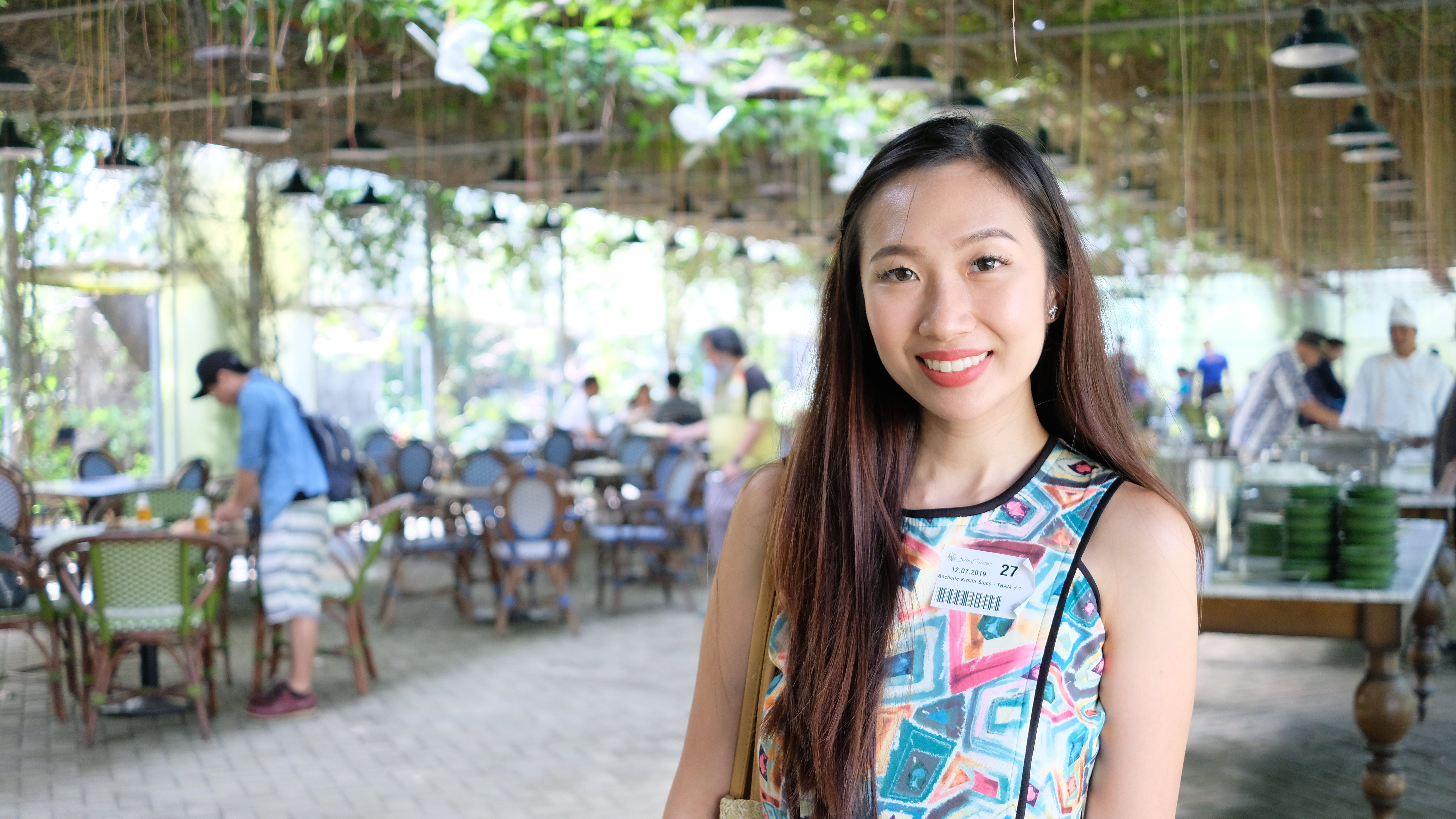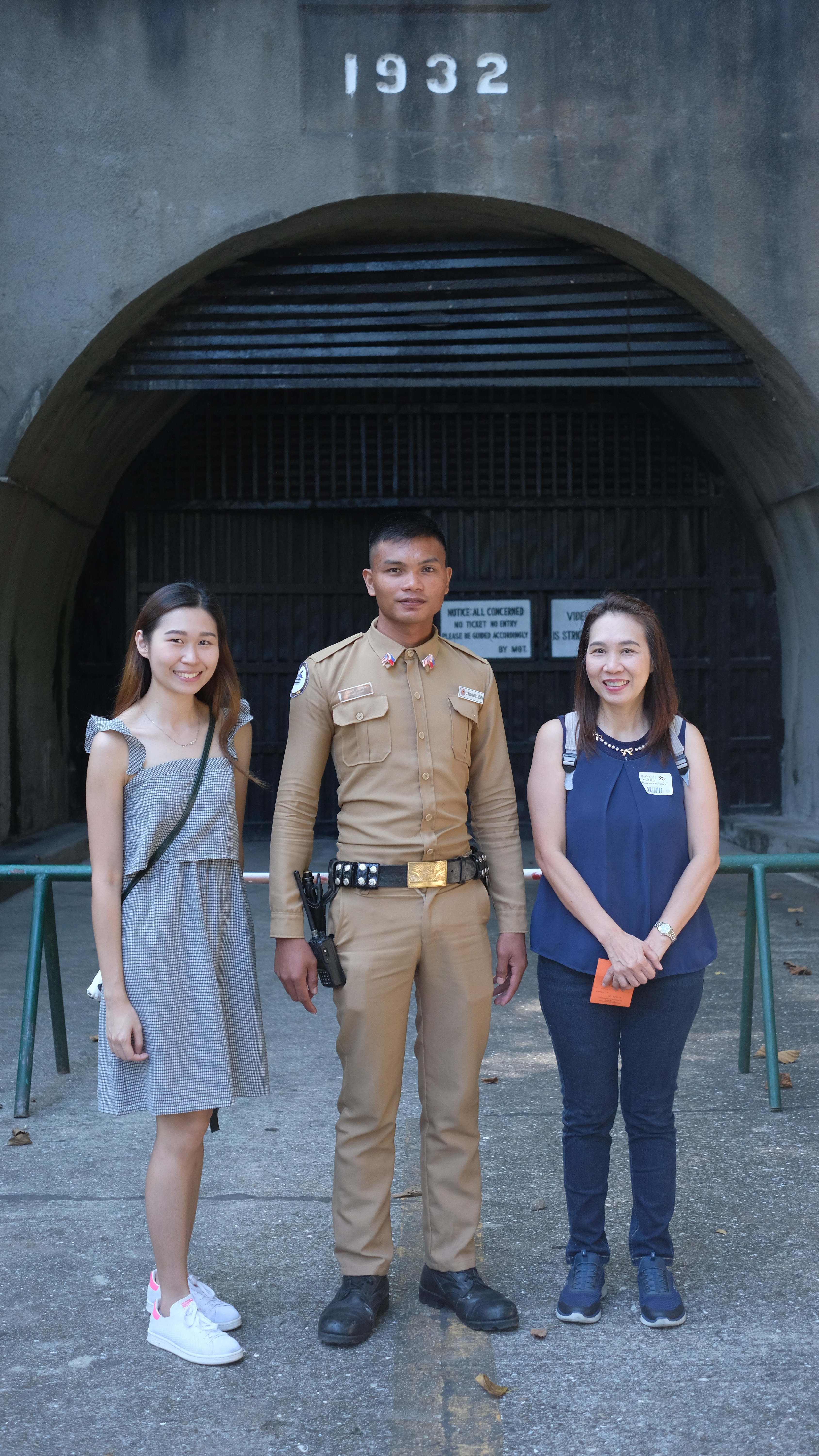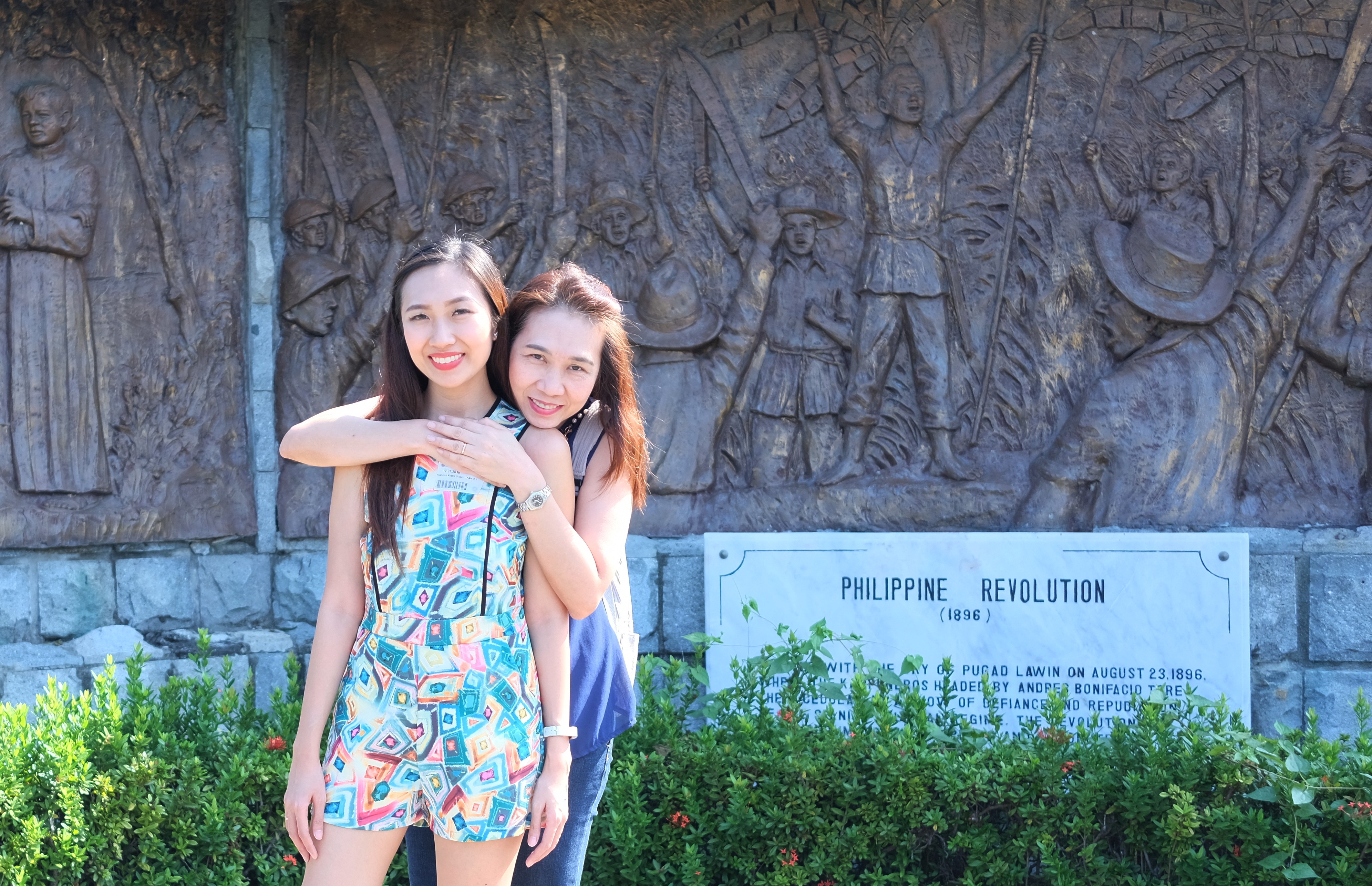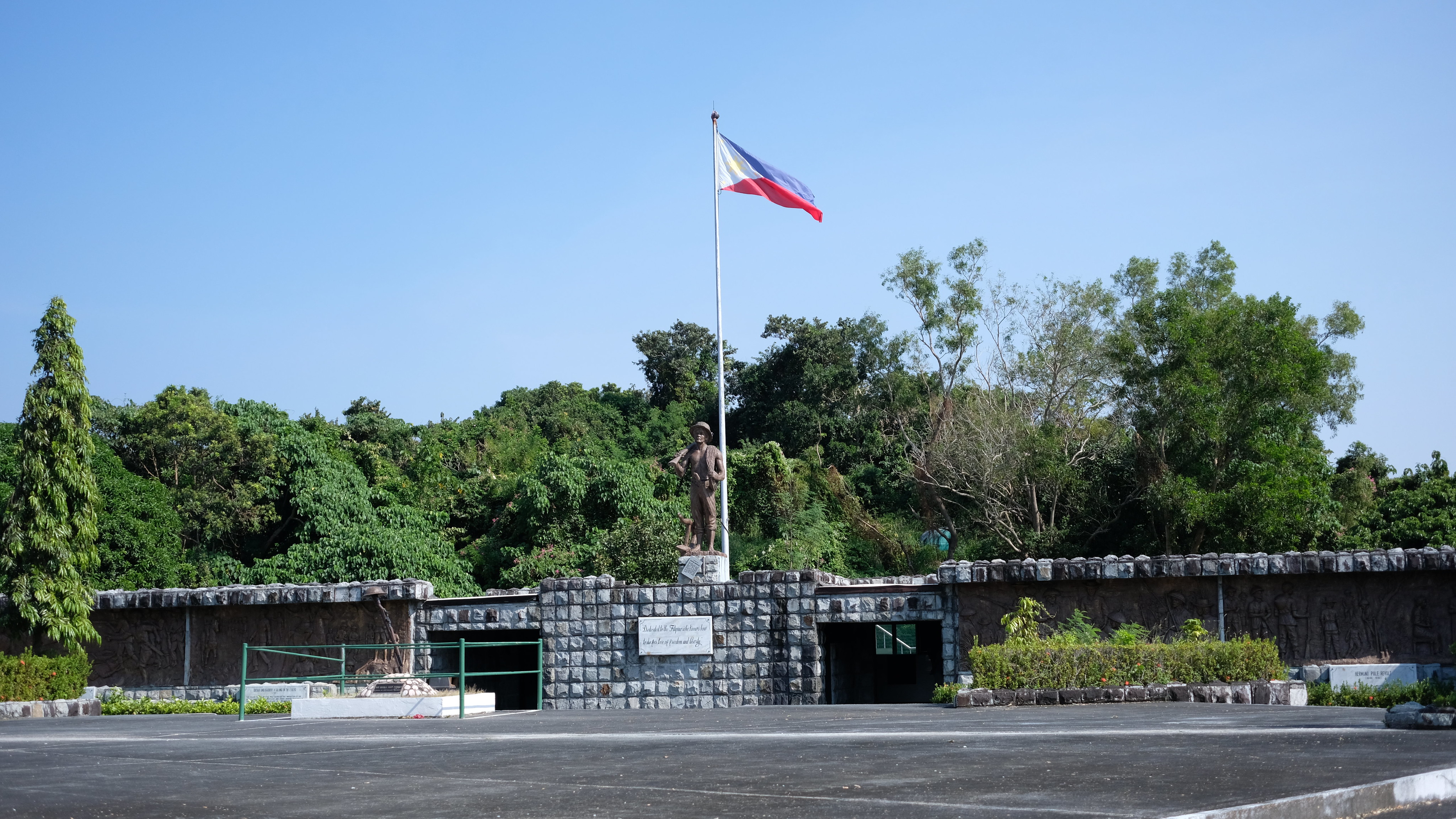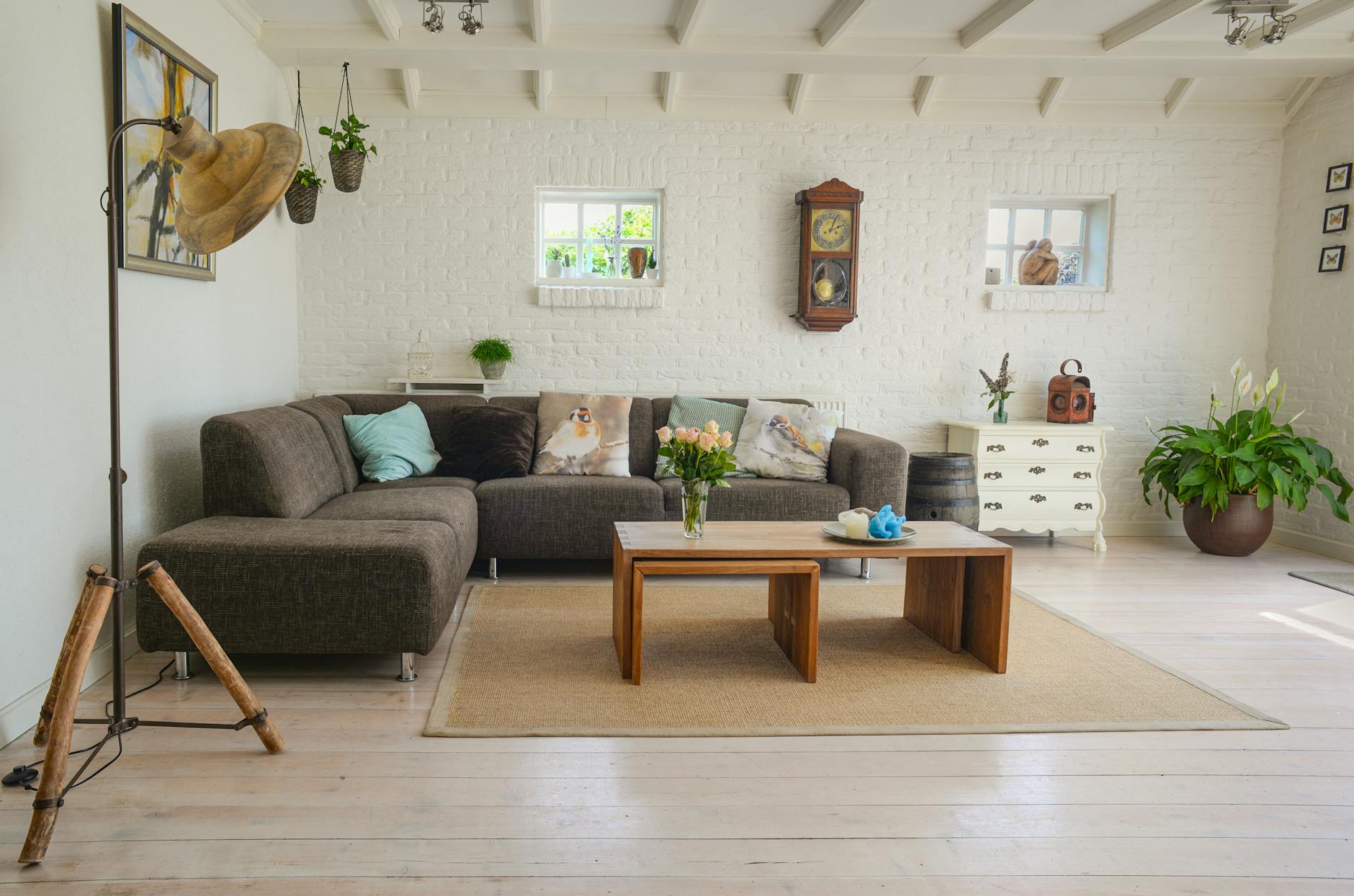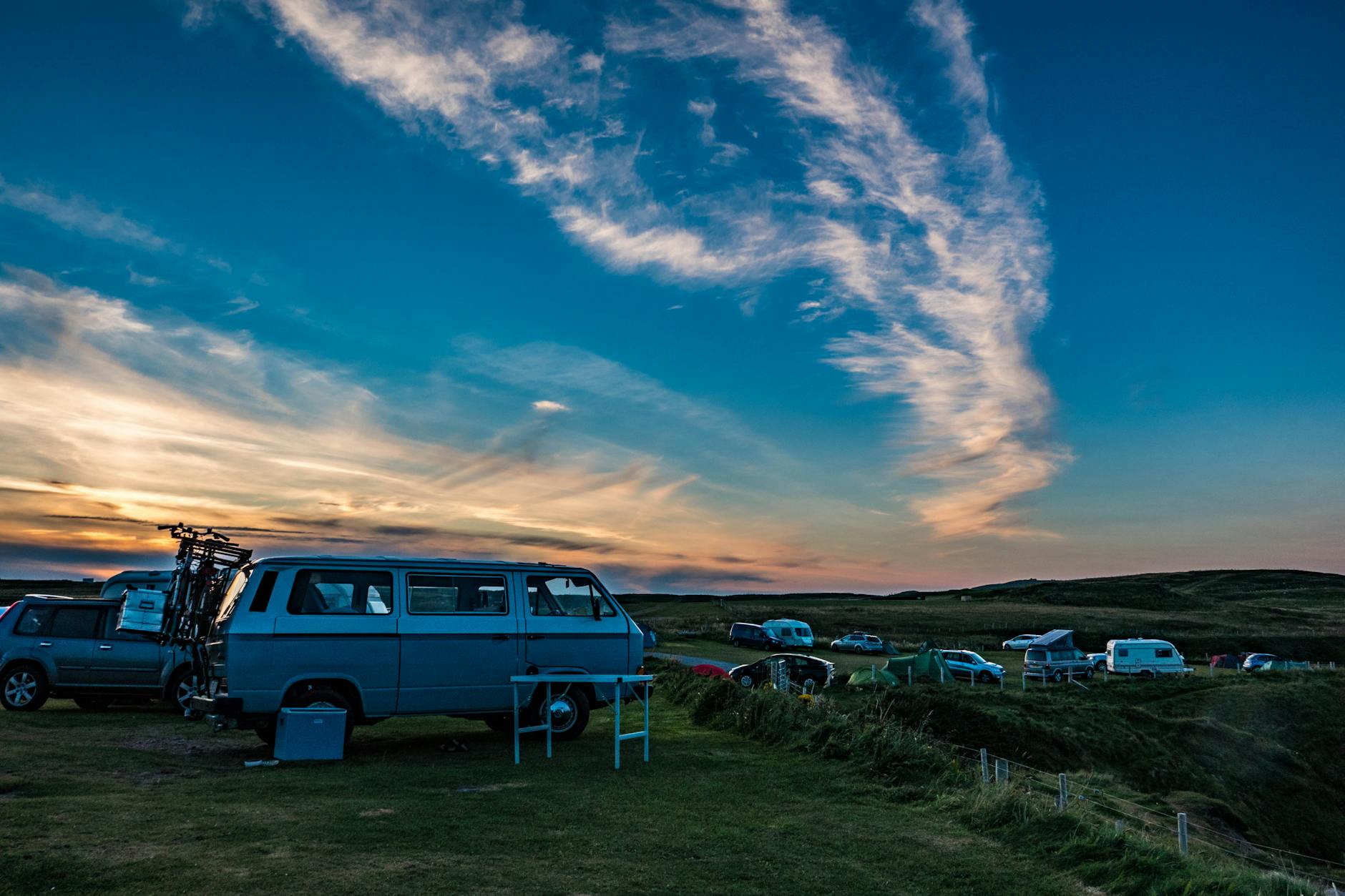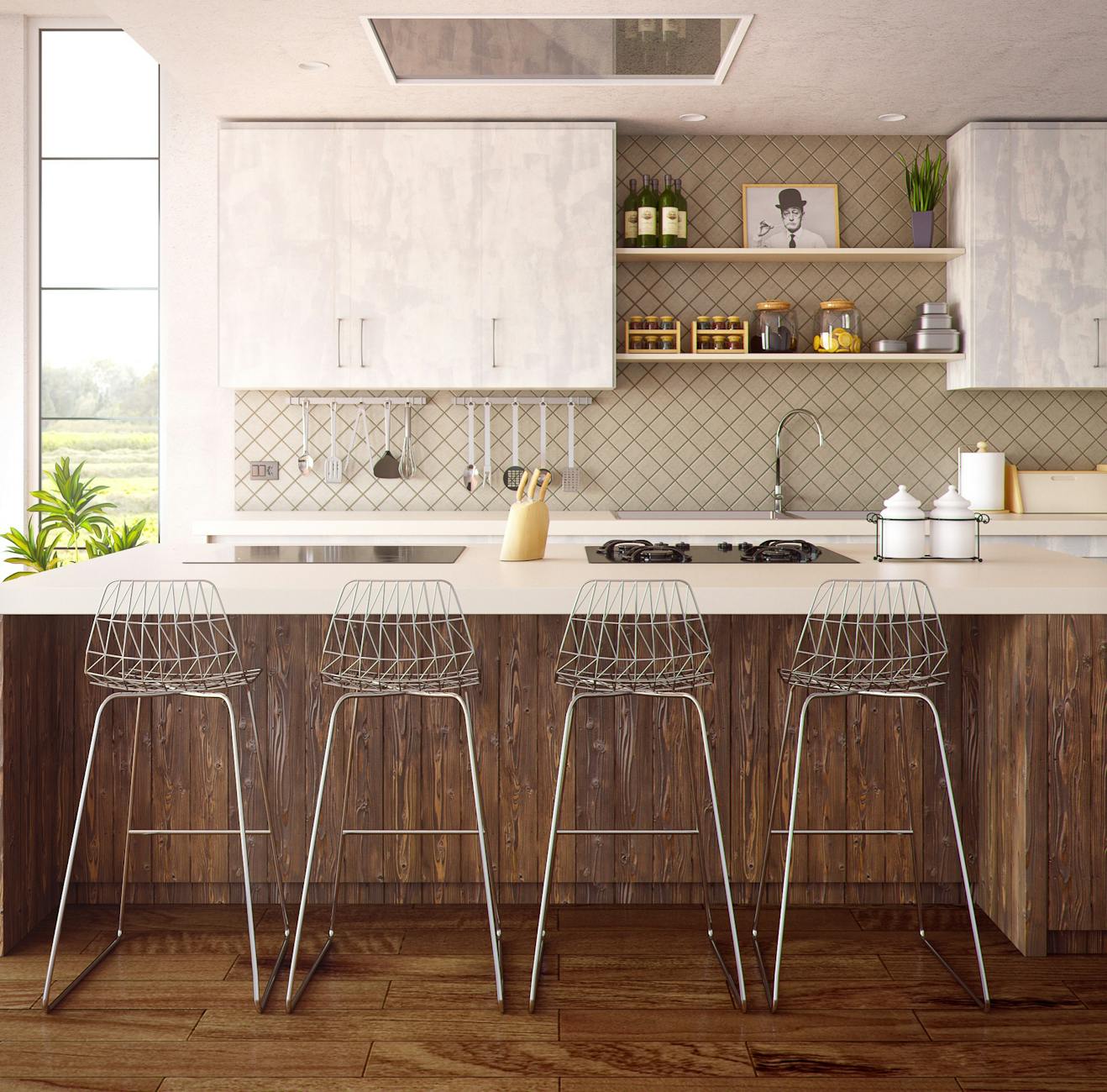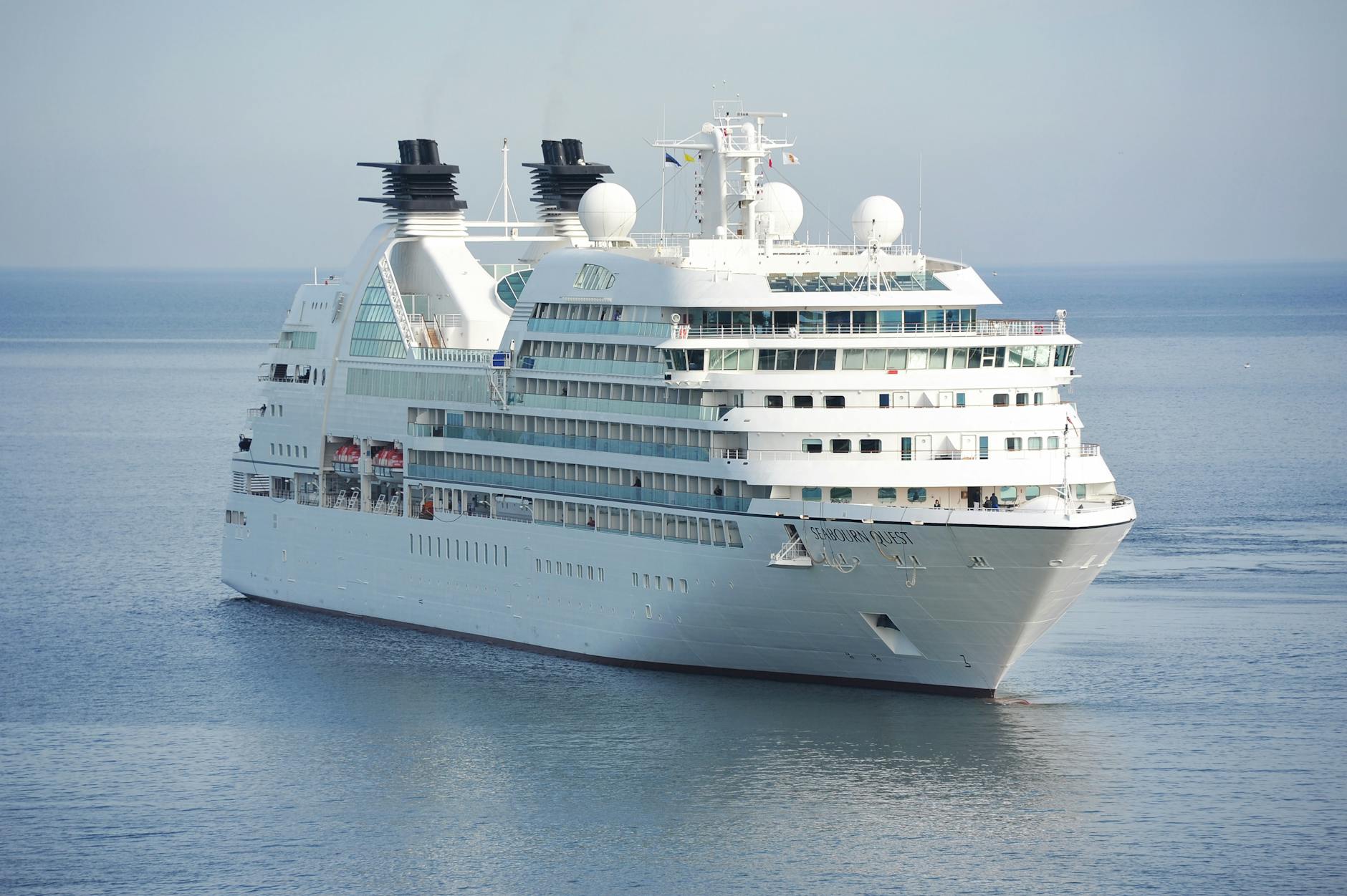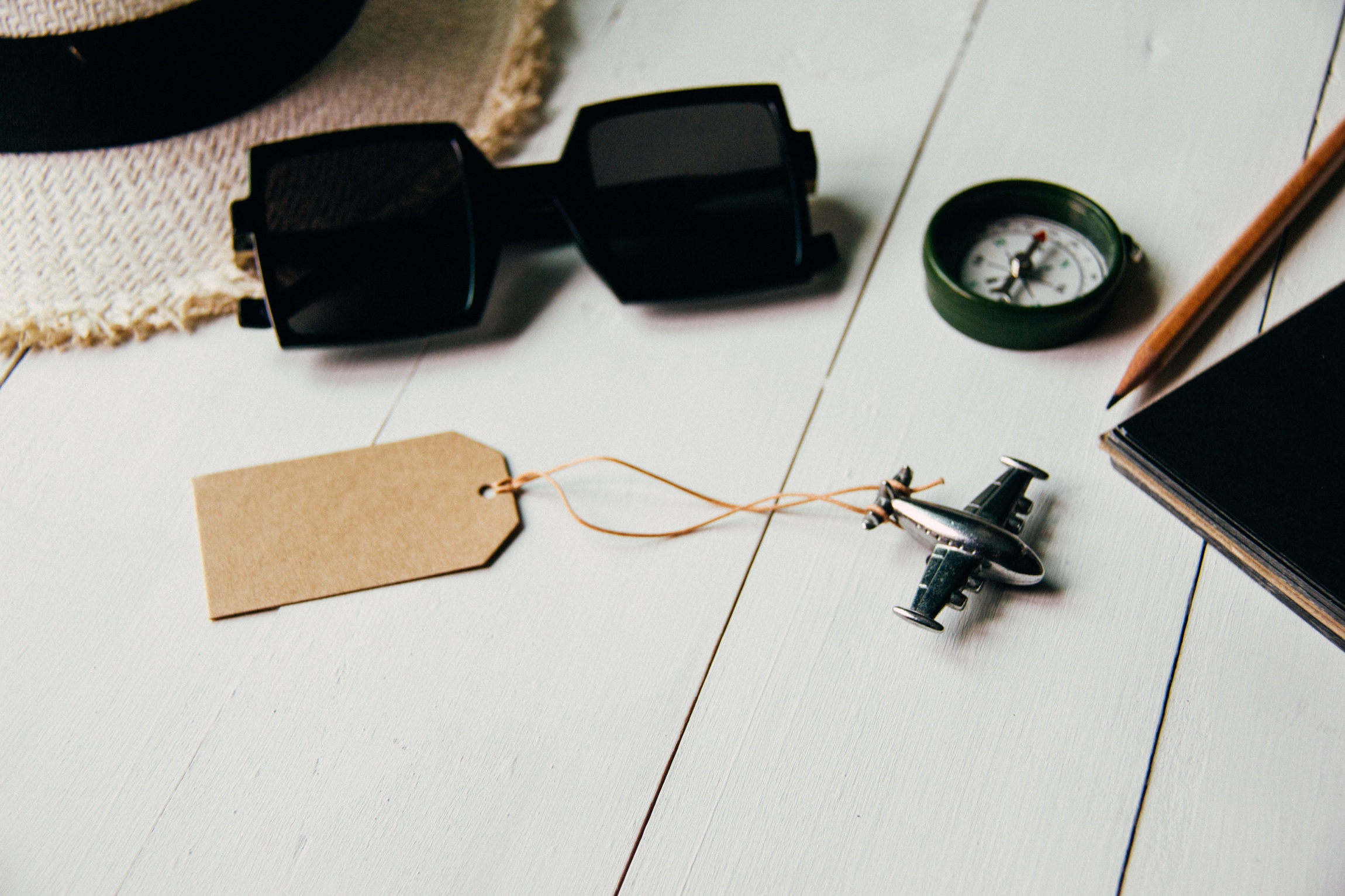I was looking for places where we can spend a holiday vacation in December. After days of research, we decided to go to Harbin, China (哈尔滨) to experience a real-life winter dreamscape. Harbin is the capital of China’s Heilongjiang (黑龙江) province, where the temperatures dip up to or even below -30℃ in winter. Tourists usually come here to see ice snow sculptures, enjoy exciting ice sports, and witness China’s greatest ice artwork festival. Our four-day trip was packed with awesome activities which we loved as we felt we really made the most of it. 🙂 Here’s a rundown of things to do in Harbin.
All photos were taken using my Huawei P20 Pro.
Top 9 Things to Do During Winter in Harbin, China
1. Eat to your heart’s content…in an “Ice Palace”
Dining in hotpot restaurants is a must for locals during winter in Harbin. Hotpot is known in China by its Mandarin name “huo guo, which literally means “fire pot.” Hotpot warms up chilly weather, it’s easy to prepare, and it’s a great way to socialize, especially when you’re inside an ice palace!
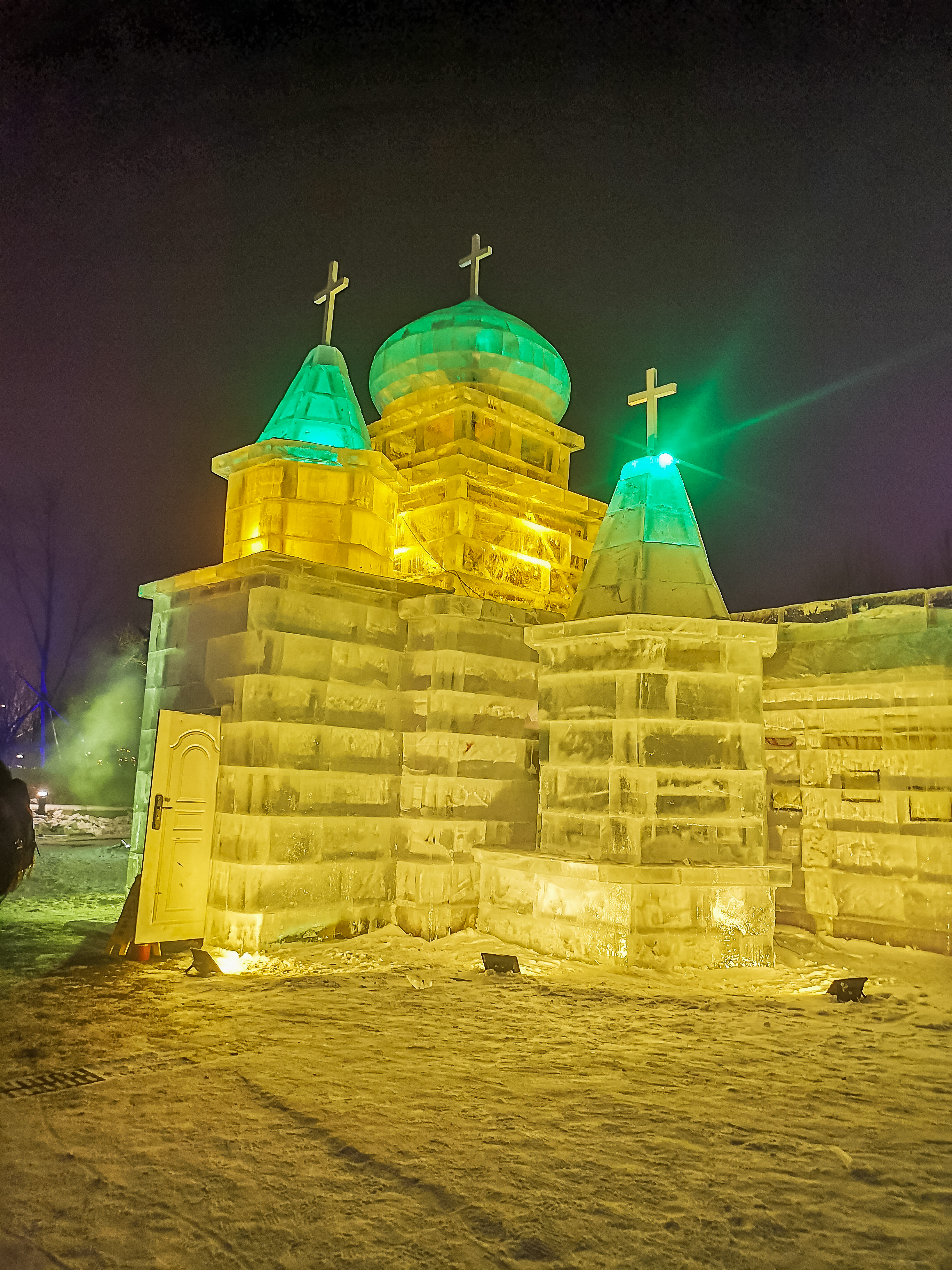
Just a few footsteps away from Shangri-La Hotel, Harbin, the Ice Palace Restaurant and Ice Bar is totally made out of ice and decorated in regional folklore featuring wintry and ethnic lifestyles. While most restaurants in Harbin has heaters so we could take off our winter outfits, in the Ice Palace Restaurant, there are only mini heaters. The temperature stays within -18℃, so there’s no escaping from the cold! We had to eat with winter jackets, winter gloves, hats, ear muffs, and scarves.

An array of seafood, vegetables, meat, and dipping sauce options plus some noodles in steaming broth sums up the beauty of hotpot. Everything’s laid out on the table so guests can just dive into it and take the plunge.


2. See the giant snow sculptures at Sun Island
Sun Island is another must-see attraction in Harbin. During winter, it’s home to the snow carving exhibition where different shapes and figures are being made and displayed by artists from around the world. We took many photos of the snow sculptures and were impressed with how they’re built.


These 3-D images are gigantic and even taller than us. It’s recommended to visit Sun Island in the morning or early in the afternoon since the snow sculptures aren’t lit up at night. My favorite works were the giant flying fish and the large snow wall of birds.


3. Try Skiing in Yabuli Ski Resort
Yabuli Ski Resort is three hours away from Harbin. It’s the largest and most professional ski resort in Harbin and even in all of China. A ski destination for beginners and advanced skiers, this ski resort has 17 ski trails, with gentle and challenging slopes, including the alpine trail which is said to be the longest in Asia. The best time to visit is from late November to late March (winter season).

It was my first time to ski, and I sucked terribly at it! I inched my way to the large outdoor skiing fields from the top of the hill to the downward slope. I watched how my tour-mates fell multiple times, got a few pointers from them on how to keep my balance, and at last took a deep breath before “flying” super SLOWLY over the snow field. I certainly felt the rush of adrenaline but fought the urge to panic. I made it to the bottom without an injury, and it was a dream come true for me. 🙂


4. Have fun in the world’s first alpine slide
If skiing or any other snow sports are not for you, the world’s longest slide and the world’s first alpine slide may sound exhilarating. Also inside Yabuli Ski Resort, the world’s longest slide is 2868.68 meters long which holds the largest number of corners (48) and has a drop of 700 meters as listed in the Guinness Record. As it’s situated at the Third Guokui Mountain (三锅盔山), we rode a sightseeing cable car that took us to the highest peak of the mountain.

Upon reaching the top, we were given brief instructions on how to slide. Similar to luge carts, the ride has a handlebar that allows the rider to take control of the speed and direction. We were told to just pull back to slow down or stop and release or move the bar forward to accelerate. My plan was to drive slowly and pull back all the way, so I requested to be the last one in the group to slide. 😛 Such a scaredy-cat. I know I am but I still did it!

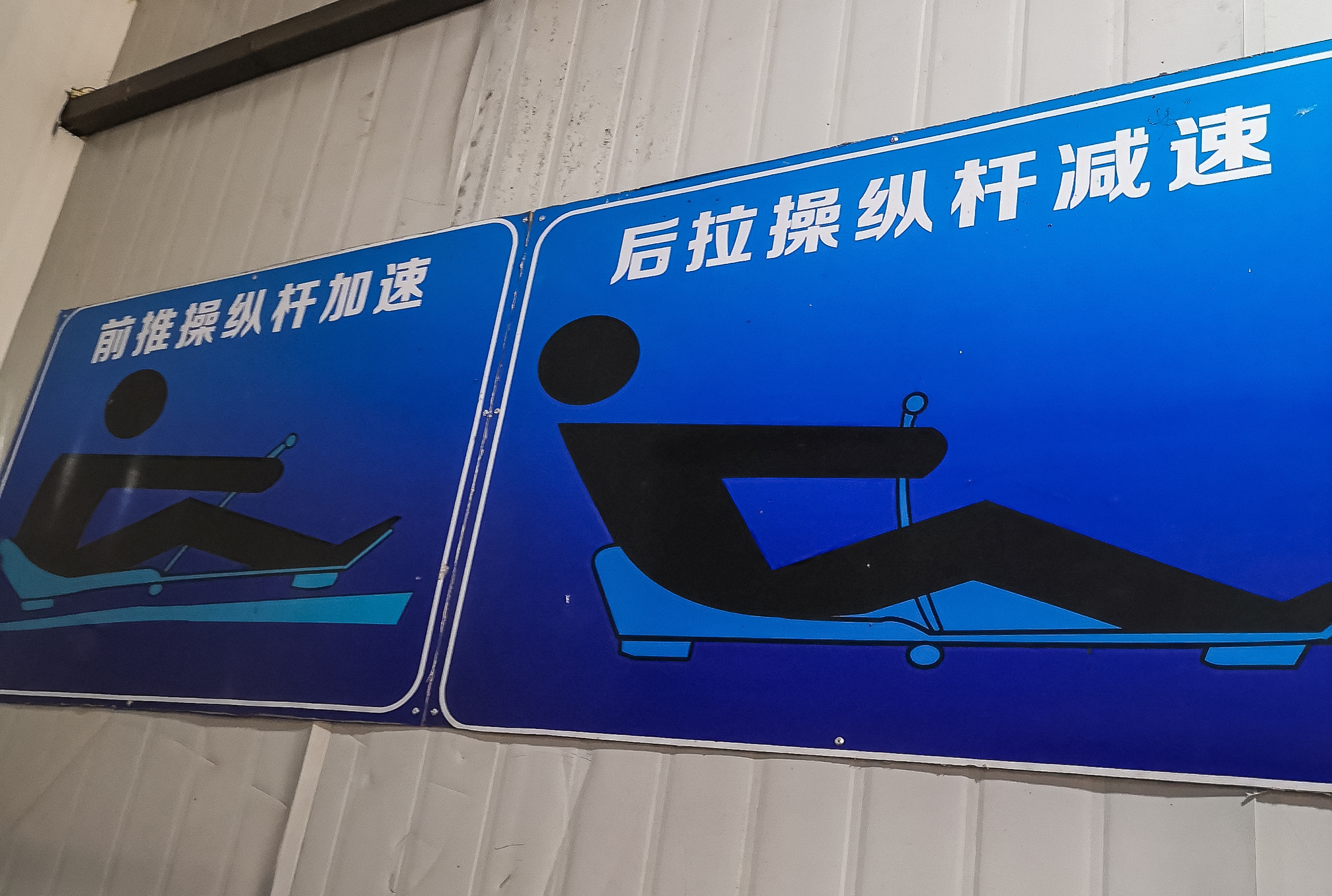

5. Glide across snow in snow tubes
Basically, snow tubing is a recreational activity that makes use of gravity to transport yourself from the top of a snowy hill to the bottom of a slope while riding an inflatable “donut” tire. It is a great opportunity to take in the fresh chilly air and relish the amazing white scenery and landscape before sliding downhill. There is no skill or training required, no practice needed and no muscle strength necessary. Kids can have fun as well. As long as you can sit and hold on, you are good to go.
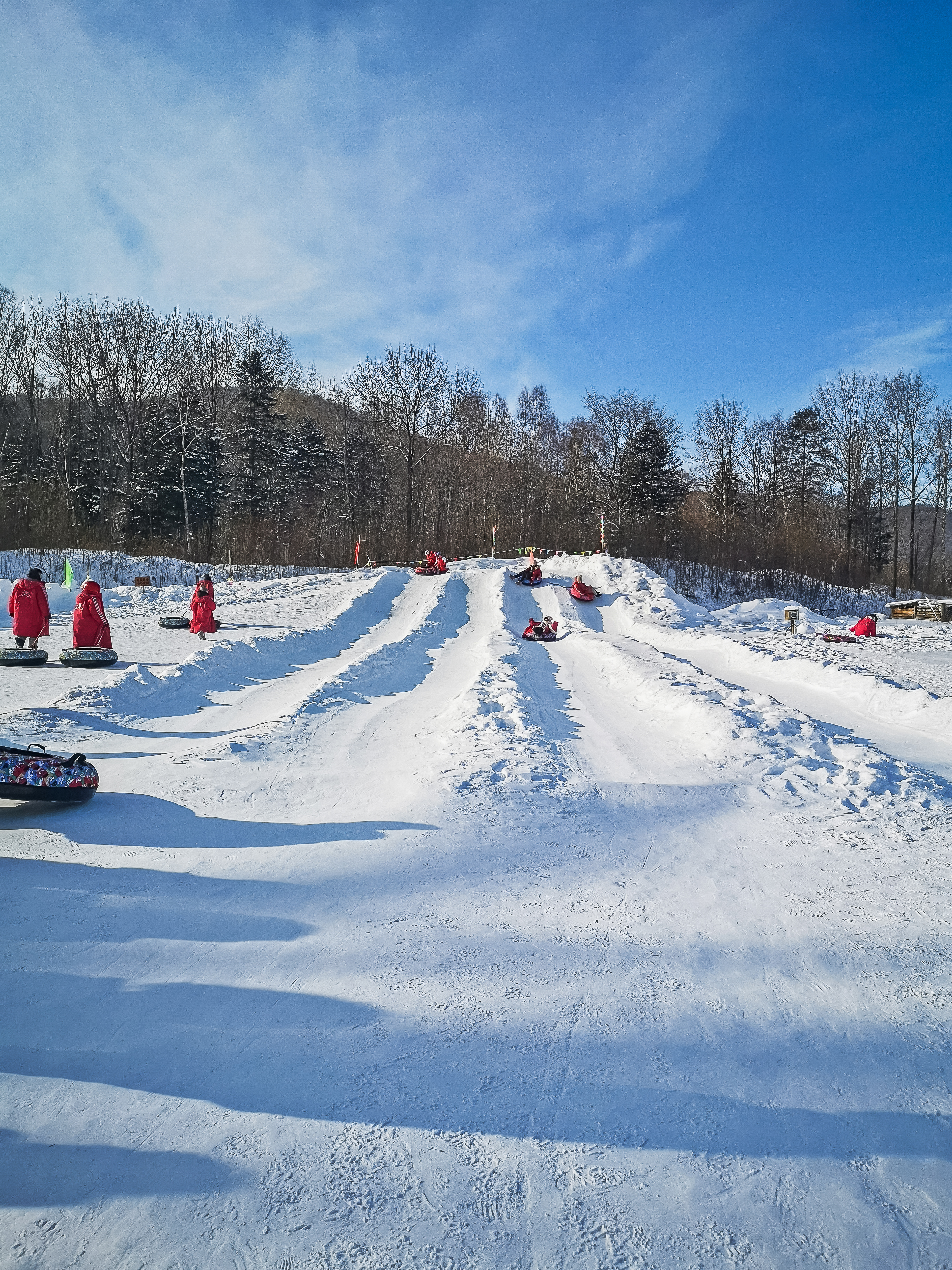
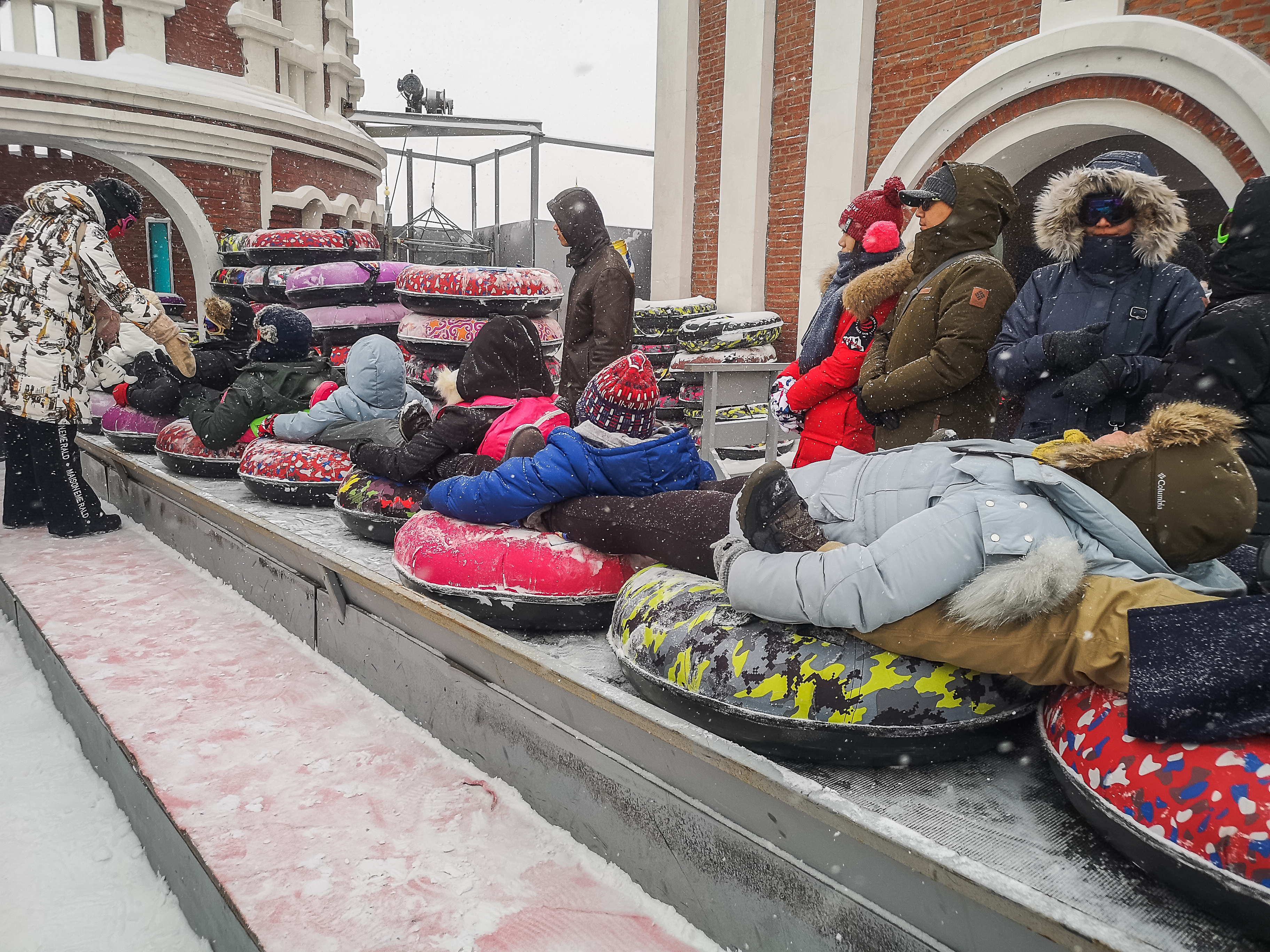
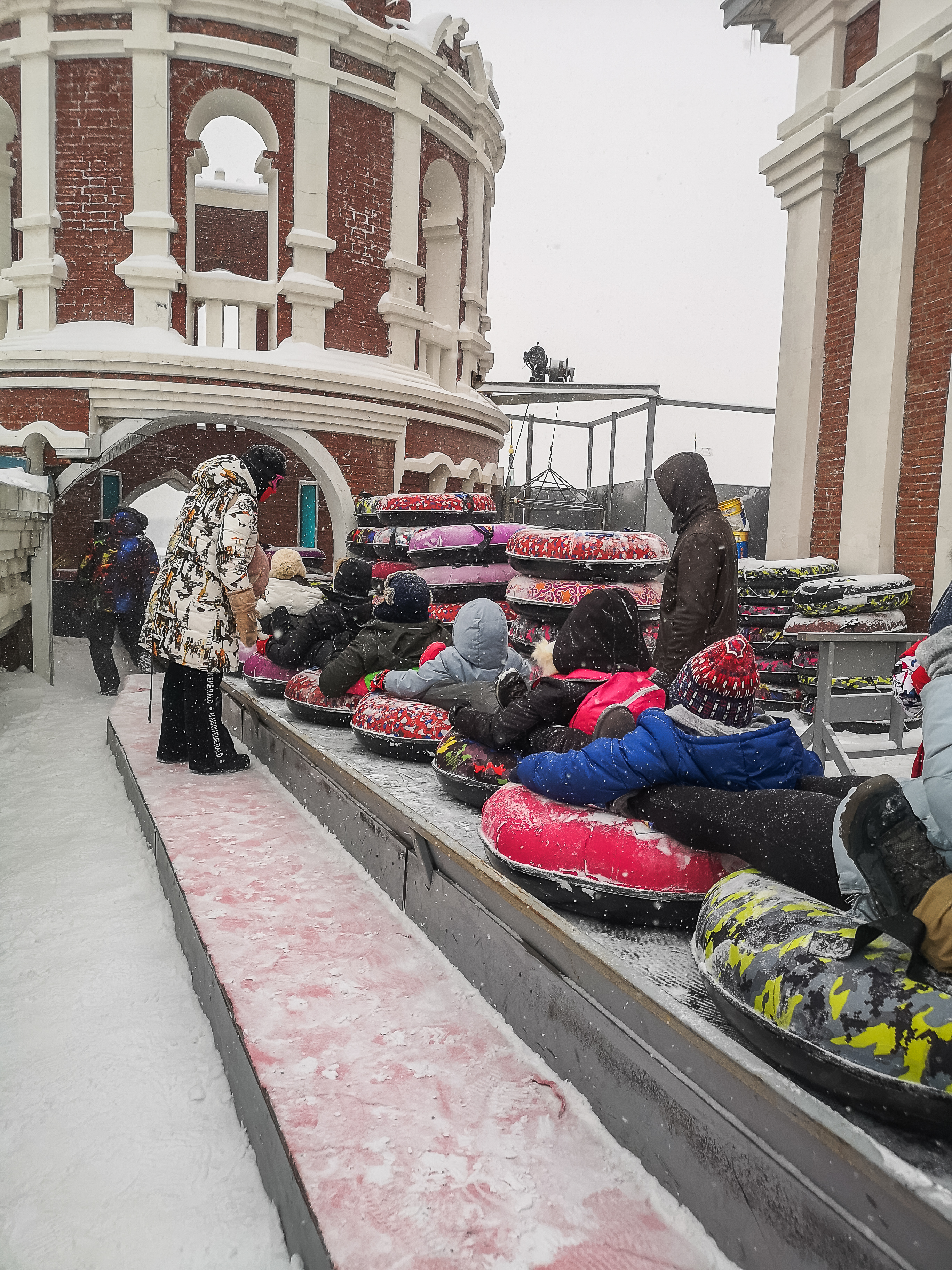
6. Explore Yabuli’s Snow Town (Xuexiang)
Our first time to walk in snow for over three hours was at Yabuli’s Snow Town. This place really looks literally like a snow village where street food stalls, restaurants, and souvenir shops line the area. The best way to enjoy a full view of Snow Town is by entering Dream Home. This small theme park has cottages or houses capped with thick snow. We climbed the stairs and saw everything from above. Snow Town looks like a wonderland in the dark!


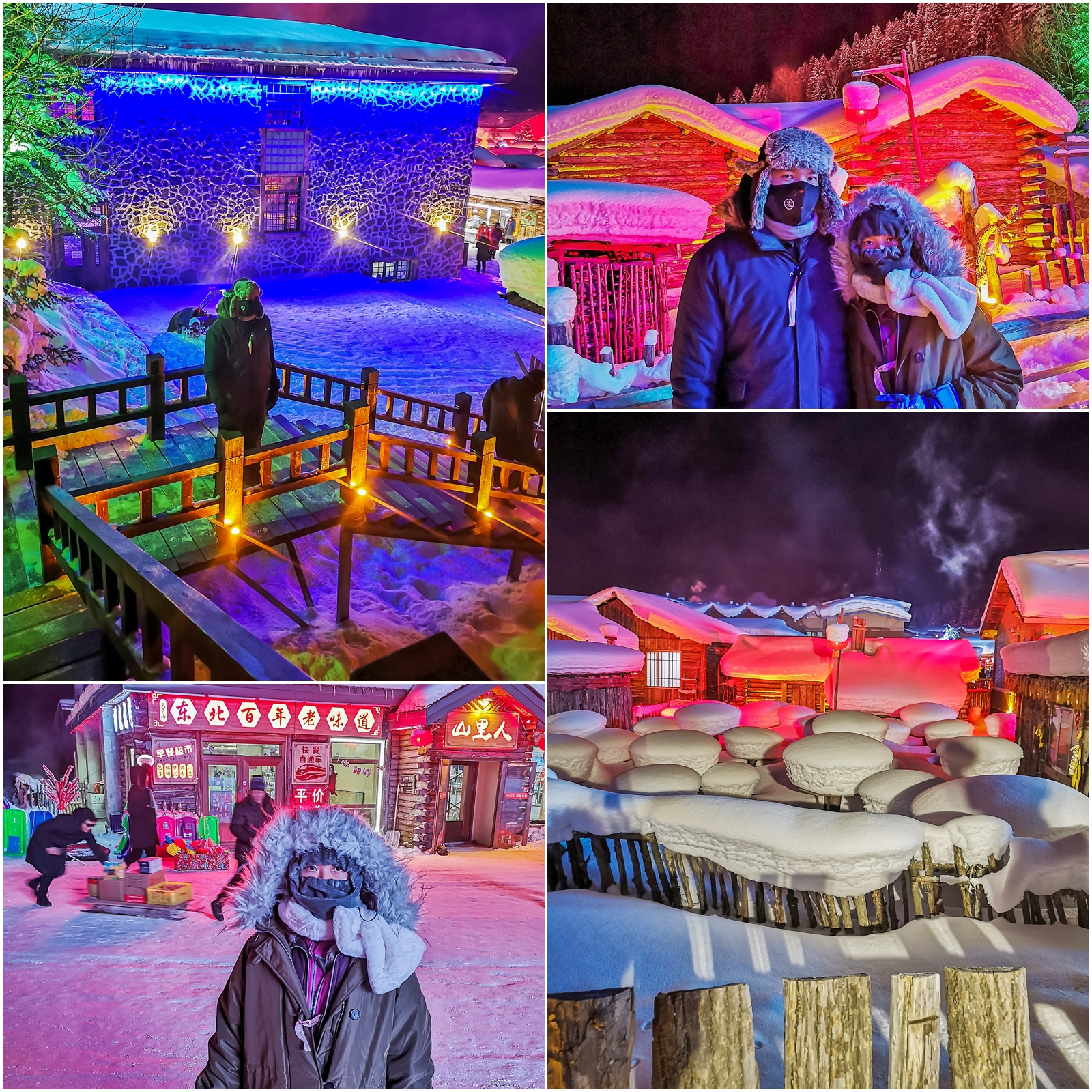


7. View colorful ice structures in Harbin Ice and Snow World
A snow adventure in Harbin wouldn’t be complete without visiting the Ice and Snow World. It was actually one of my most awaited places to visit in Harbin since it’s main venue of Harbin Ice & Snow Festival and there’s lots of people posting about it on Instagram.



Ice and Snow World remained bright and glowing all through the night, and there’s even fireworks that boom on the sky! We were astounded by the thousands of colorful LED lights that were fitted inside the sculptures. The illumination really looked lovely and photogenic. Witnessing these sprawling, frozen works of architecture was a great experience, even if that meant enduring the cold with frozen fingers for a time.


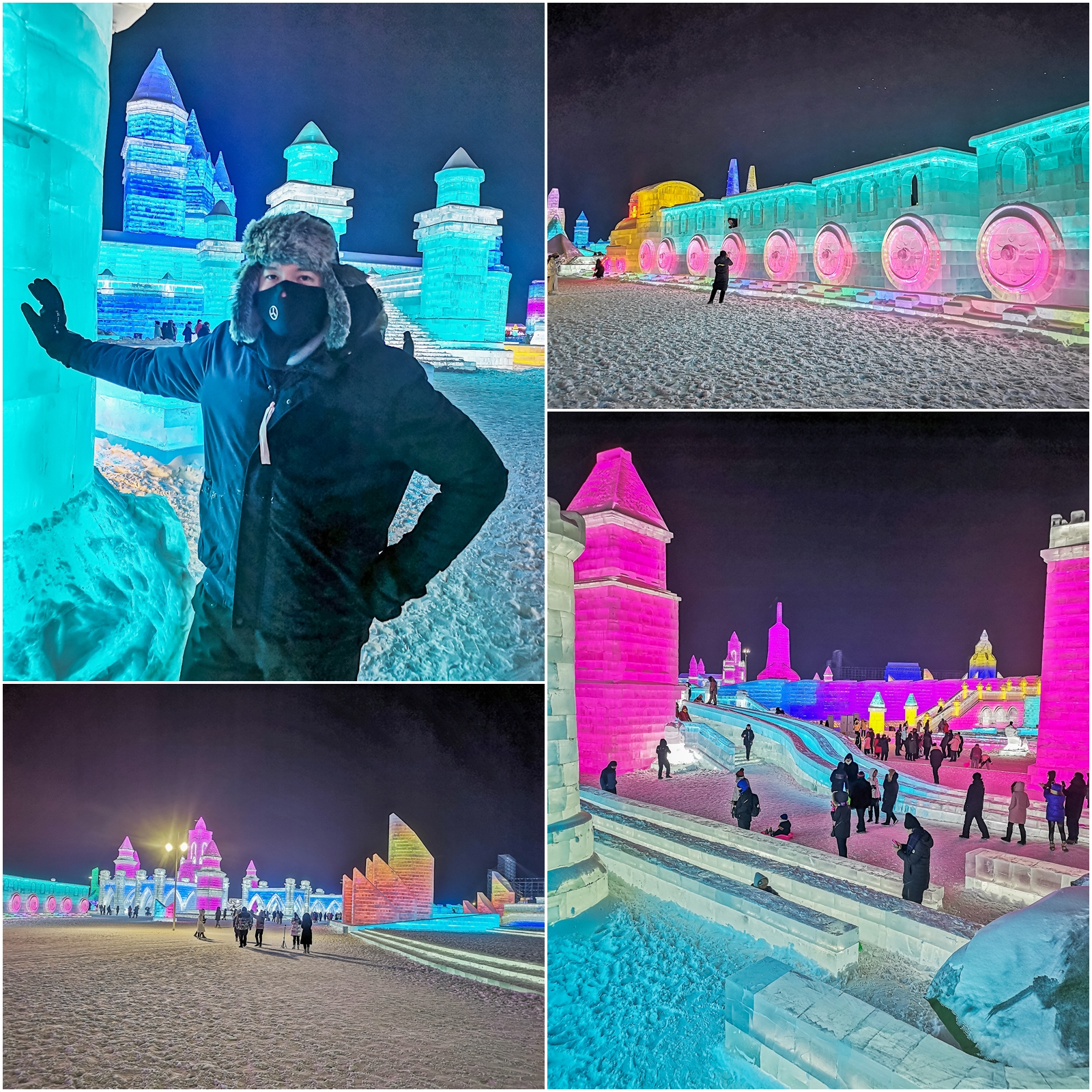
8. Experience a Russian utopia out of Russia in Volga Manor
It was snowing when we visited Volga Manor, which made our experience more beautiful as we enjoyed wandering through the snowy paths inside this Russian-themed country park. The area includes a large swath of grasslands and forests, many Russian-style buildings, bridges and castles covered with pure white snow, and many European-style sculptures. Ambiance felt serene and quiet, and there’s lots of selfie opportunities for families.






We visited St. Nicholas Art Gallery, St. Nicholas Church, Petrov Art Palace which resembles the Petrov Art Palace in Moscow, Vodka Chateau where we tried drinking vodka and wine from an ice shot glass, and a Russian souvenir store selling Russian dolls, handicrafts, artworks, jewelry, accessories, skin care items, and snacks.


https://www.instagram.com/p/B7fdiudnw-y/
9. Make a snow angel
Put your snow gear on, run outside, and make a snow angel! It sounds easy but there’s bravery and a lot of confidence needed, if you’re not used to laying down flat on your back in snow of course.

To make a snow angel, look for a nice big patch of white snow, fall backward and try to land in a T position, spread your arms out, keep them straight, then move your arms and legs like you’re doing jumping jacks. Get up slowly and try not to ruin your creation.

Wrap Up
Planning a Harbin tour? A trusted travel agency can help you create a lifelong thrilling tour! We booked our tour via Aerostar Travel Services. The package included the hotel accommodations, all meals (breakfast, lunch, and dinner), round-trip flights from Manila to Shanghai to Harbin and back, bus and train rides, tickets and entrance fees of all attractions we visited, processing of our China visa, and tour guide.
During our whole journey in Harbin, our professional local guide who’s fluent in English and our bus driver did all the work to take us to the best Harbin and Yabuli tourist spots, hotels, and restaurants. It was truly a memorable winter adventure and definitely one for the books. 🙂 Read my other post to learn helpful tips when traveling to Harbin and Yabuli in China.










